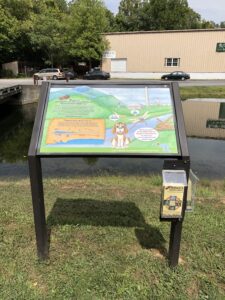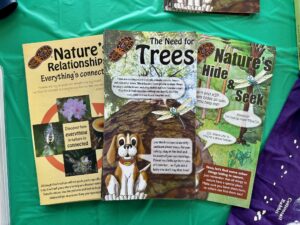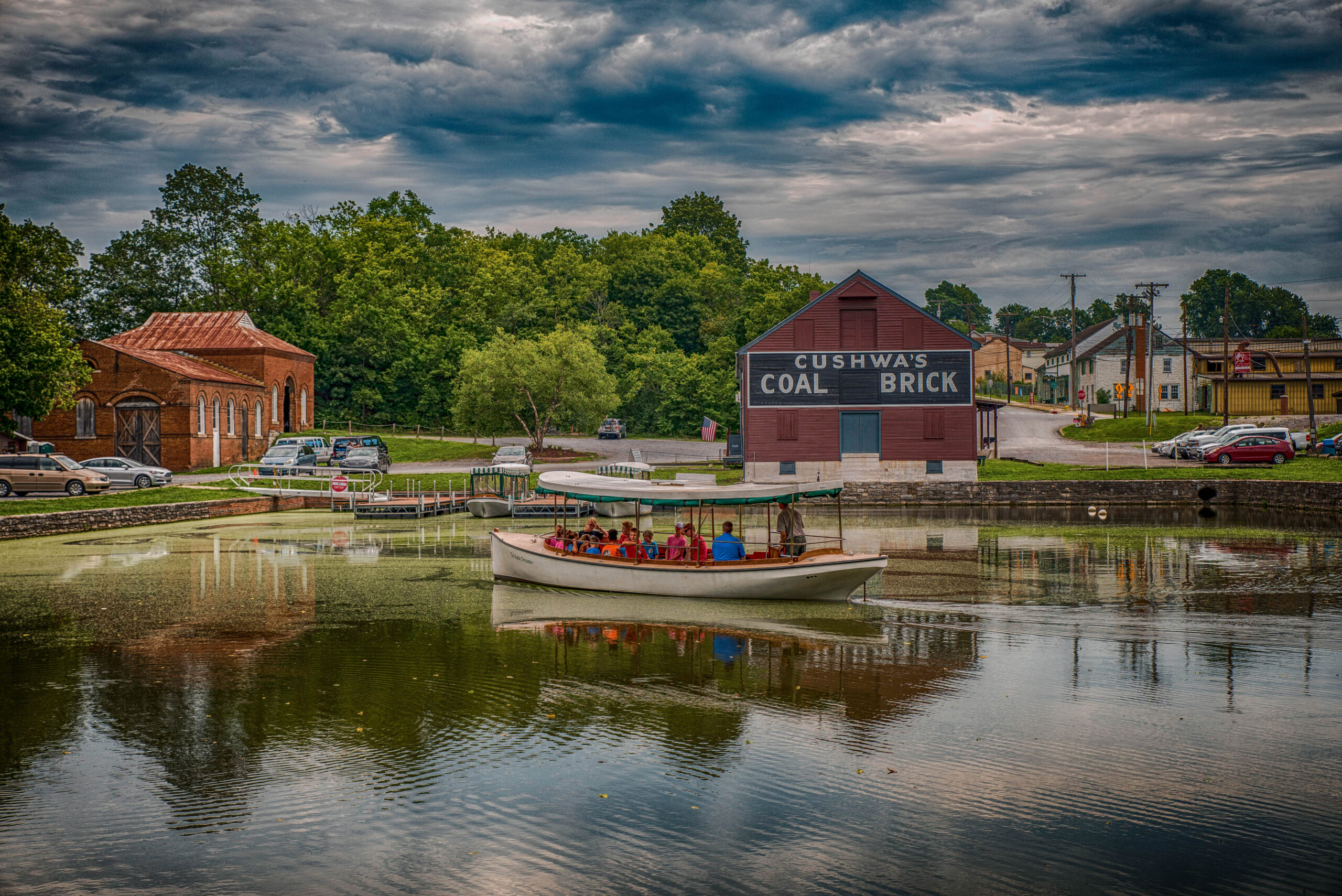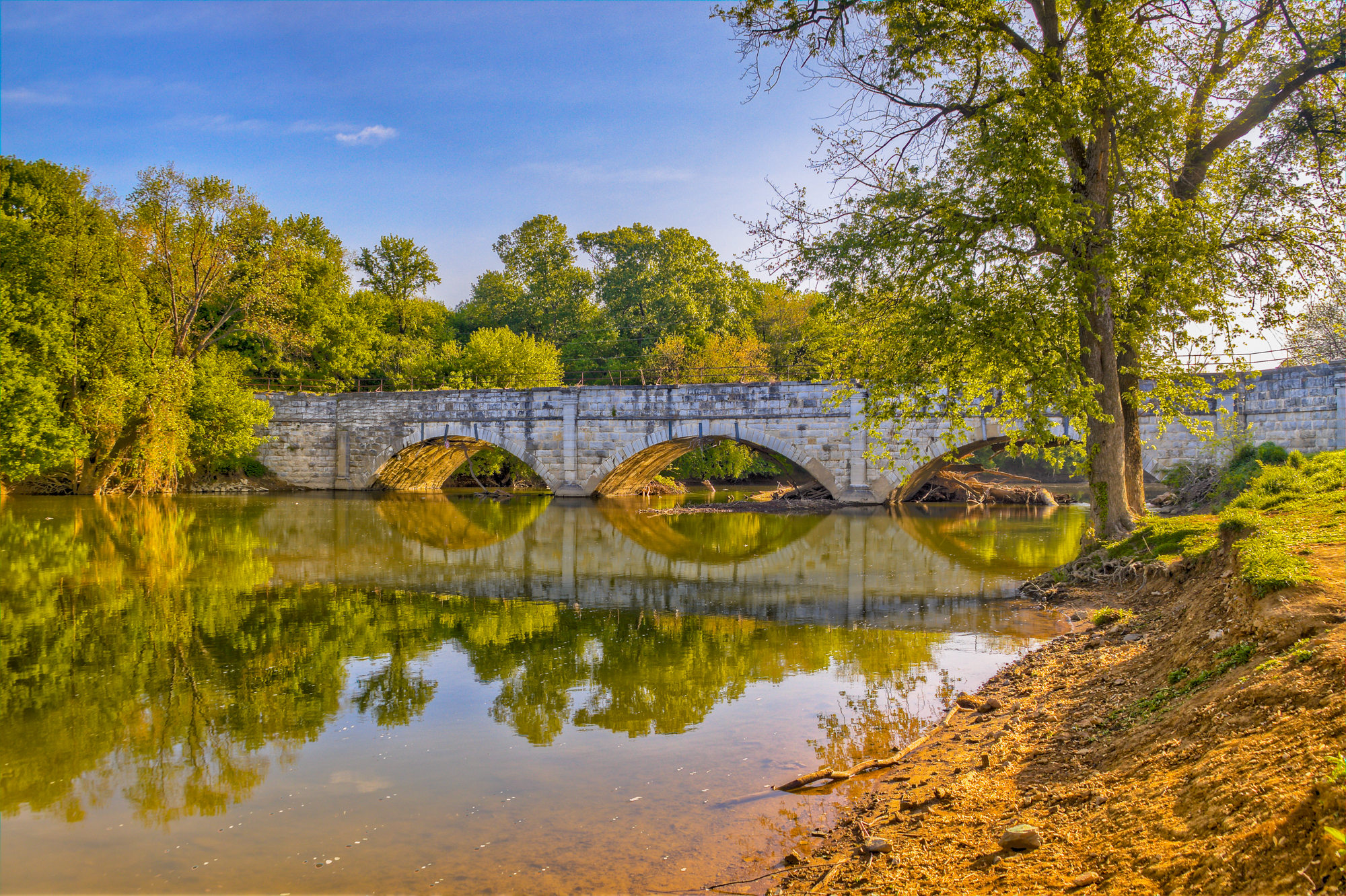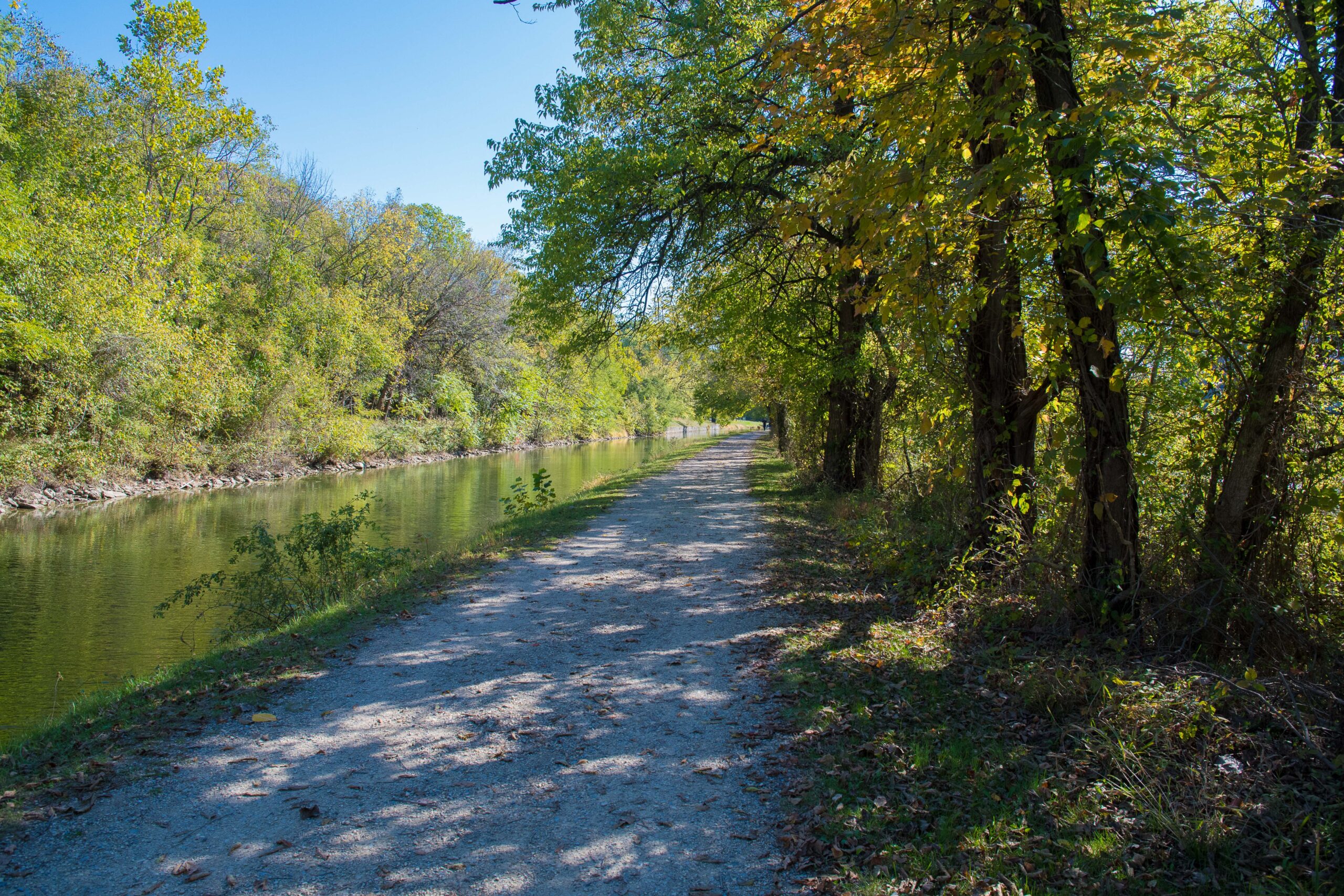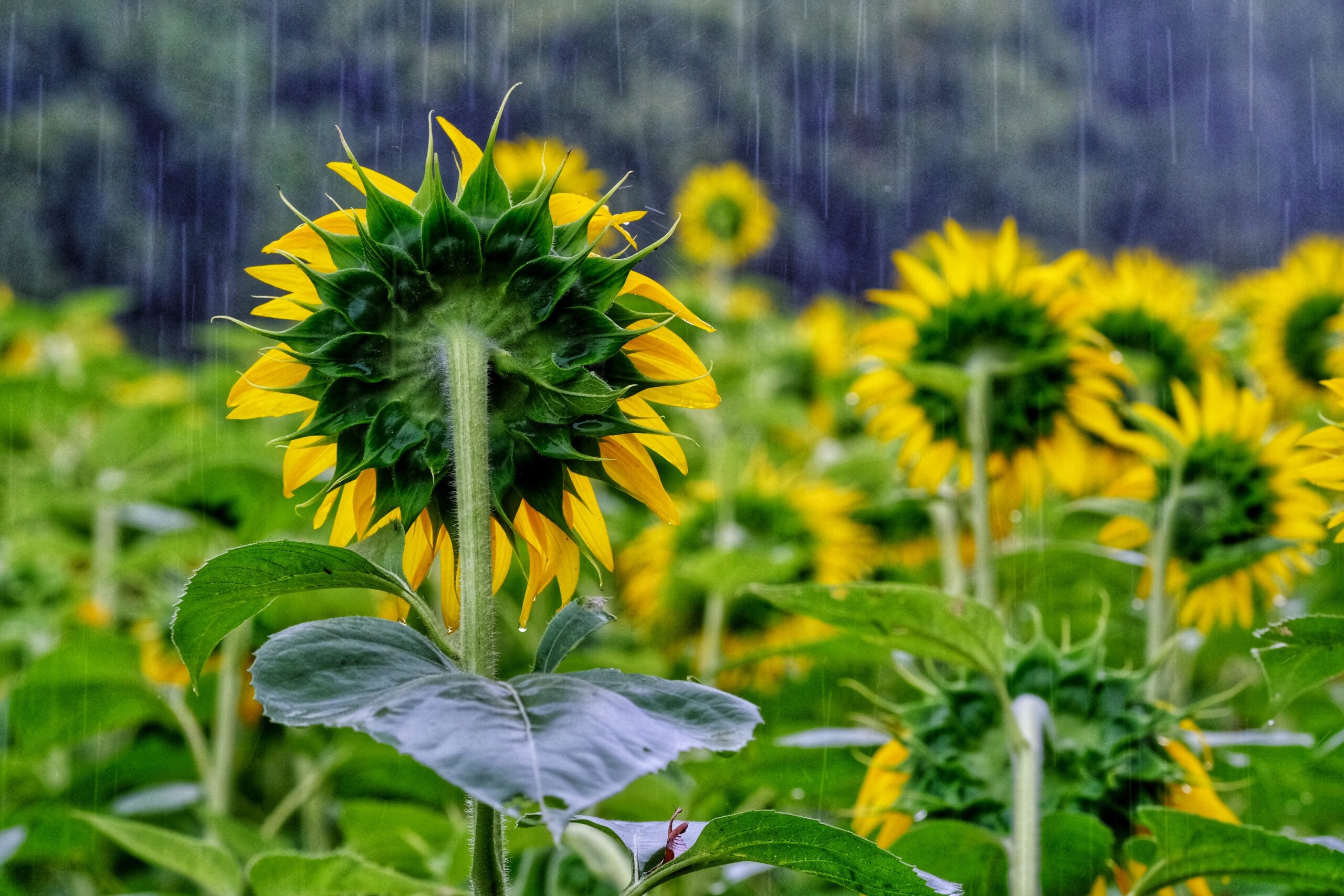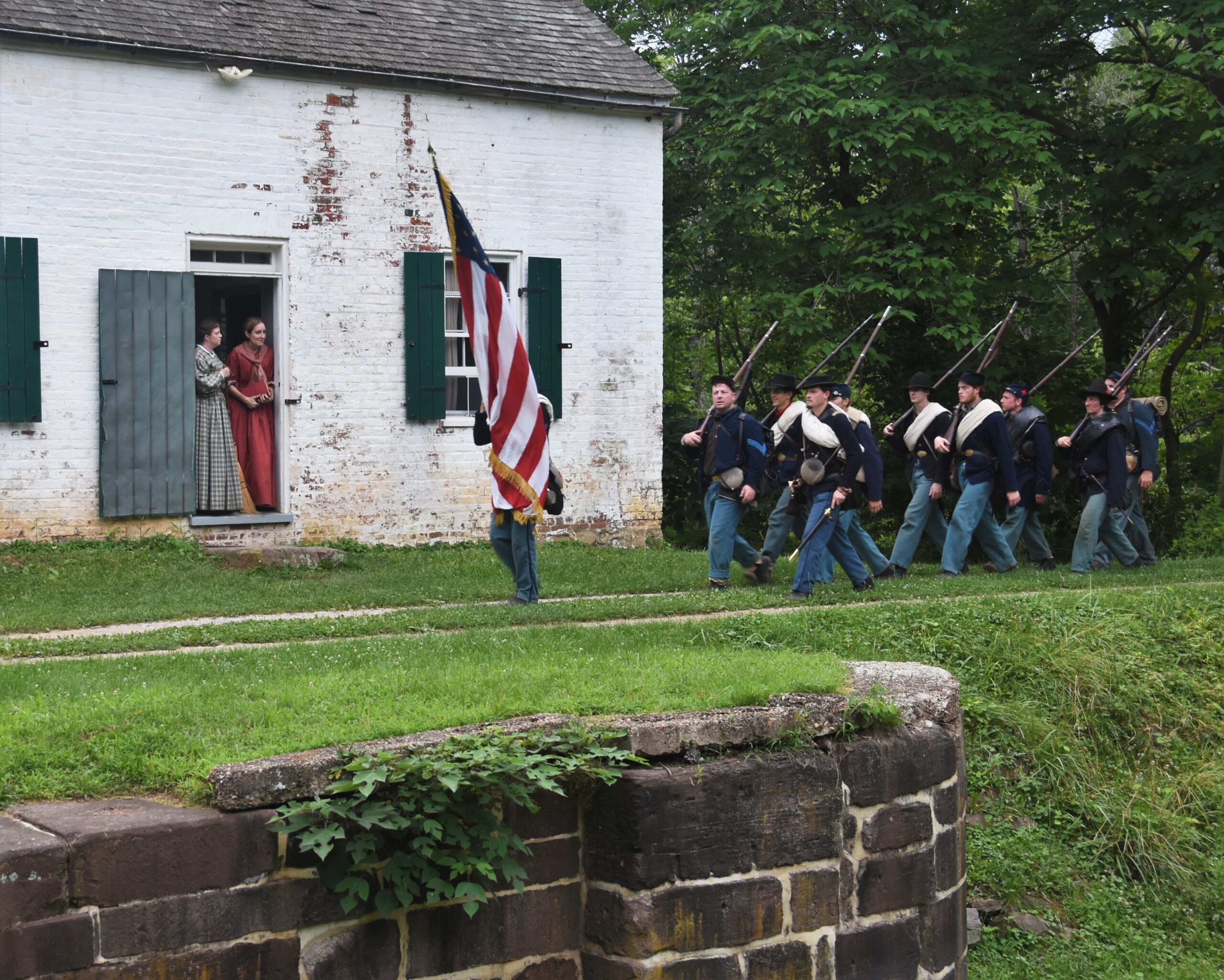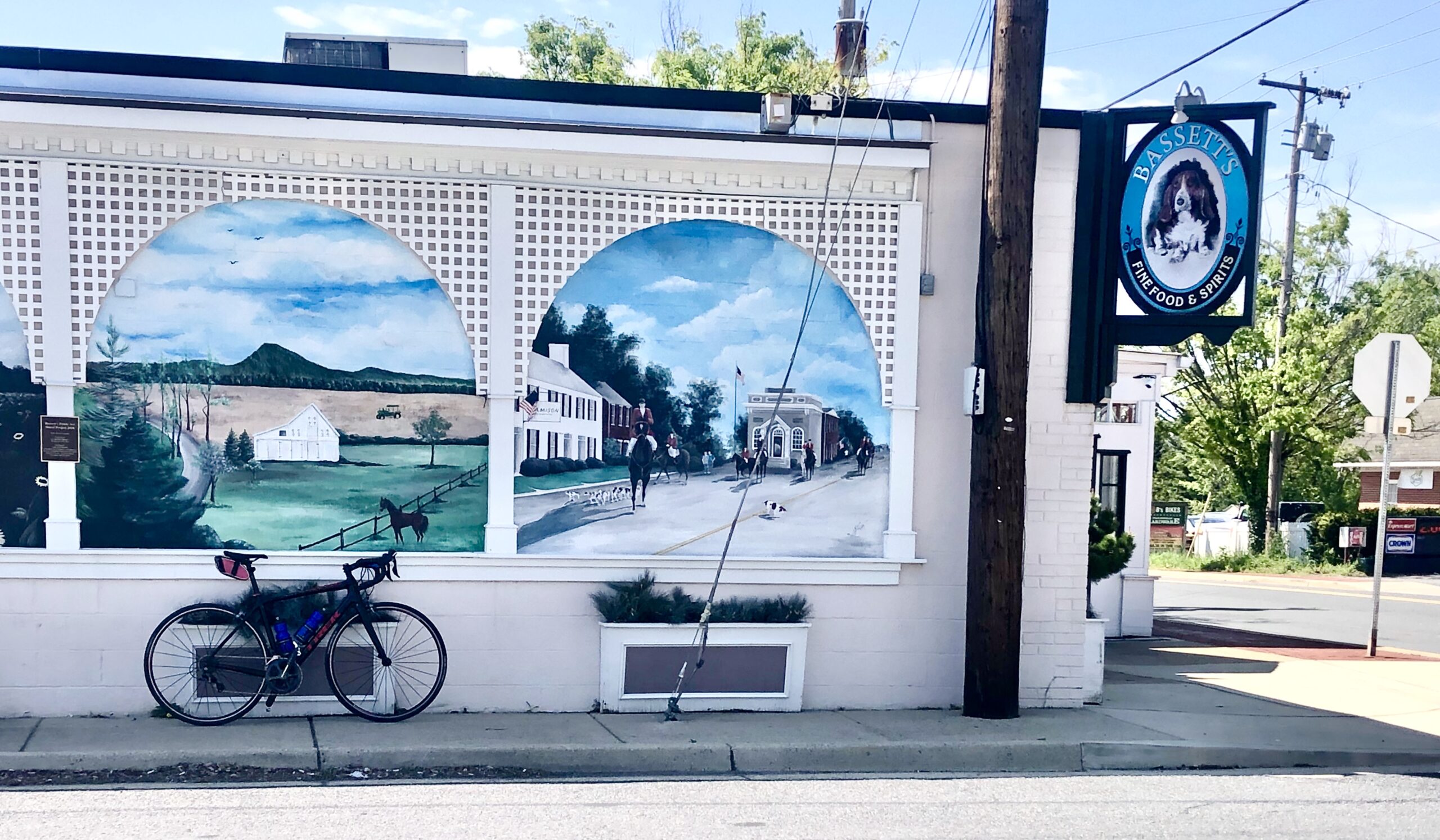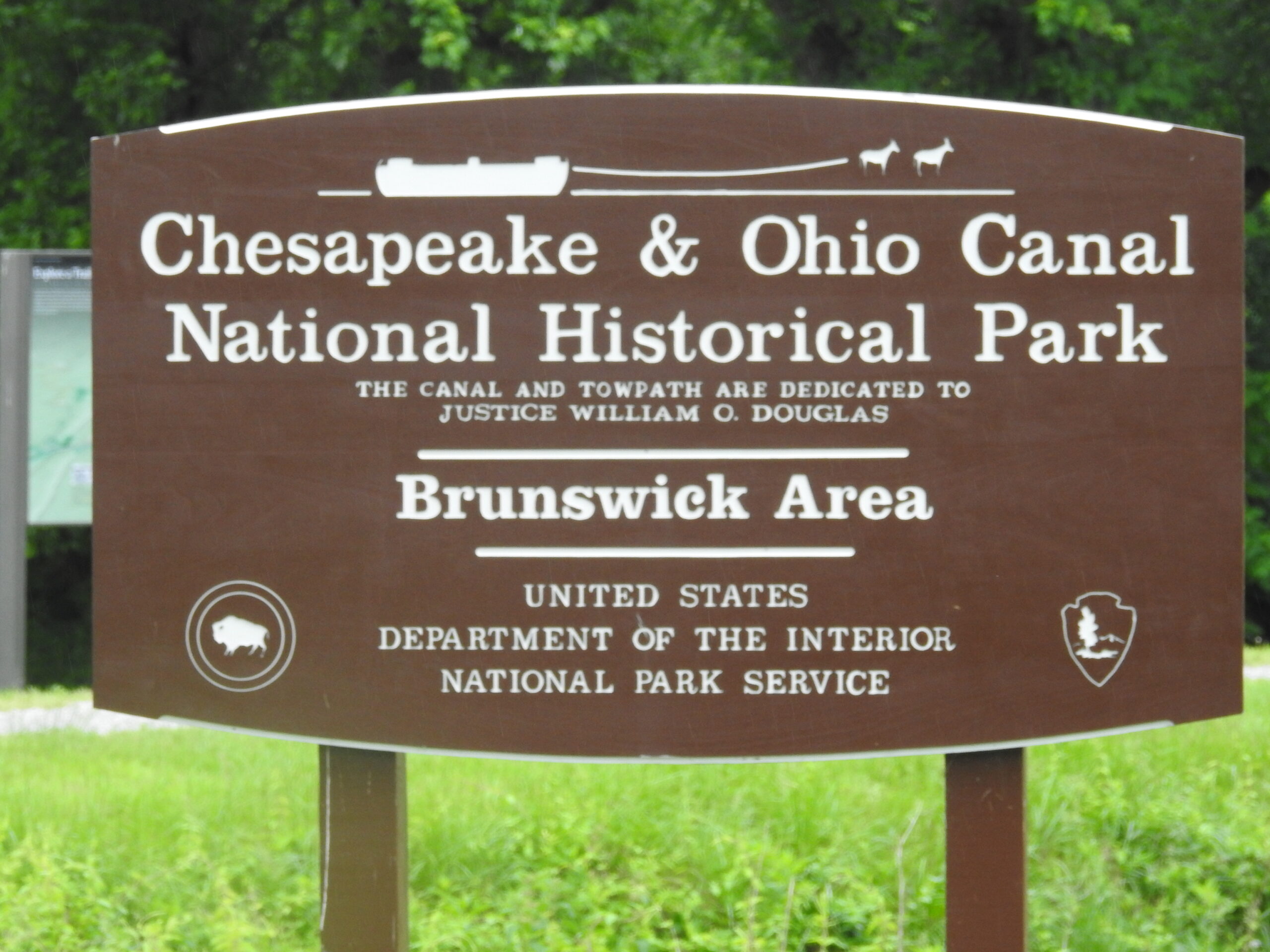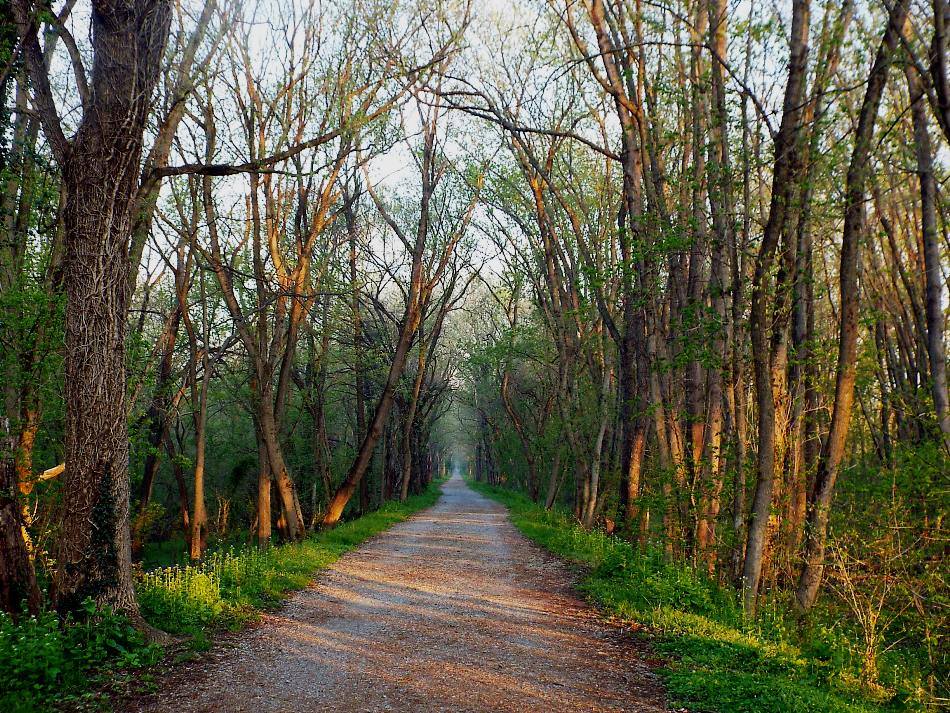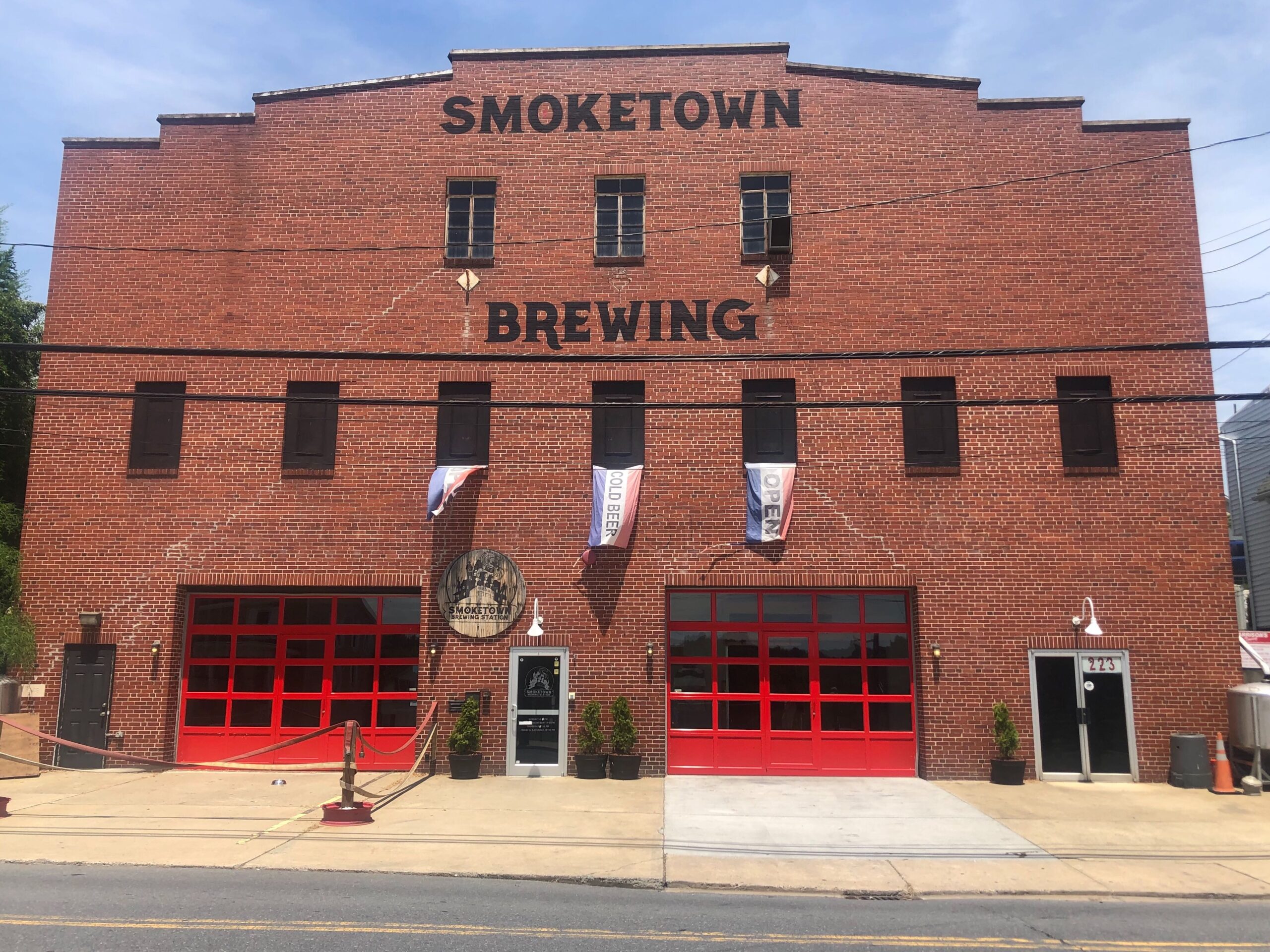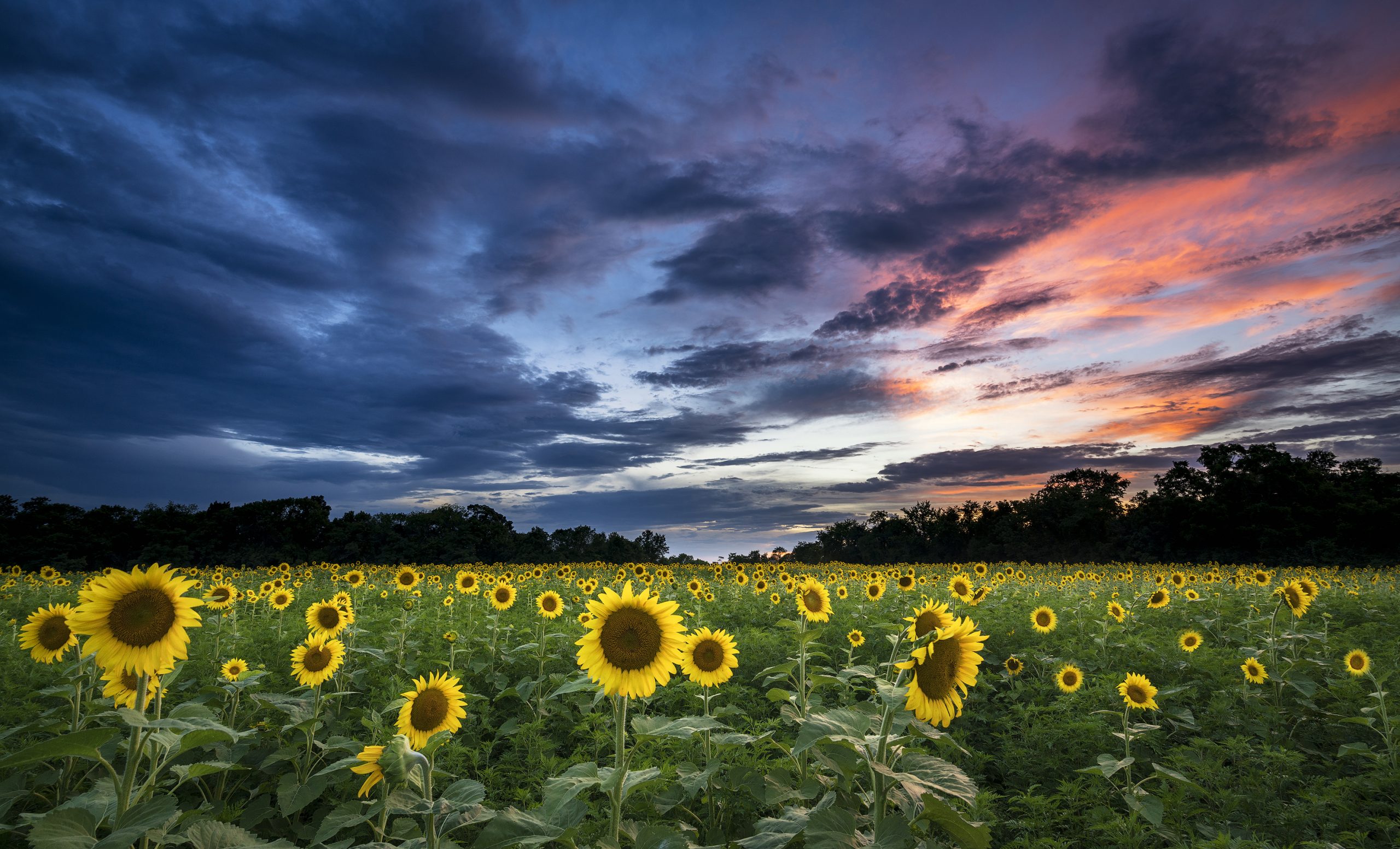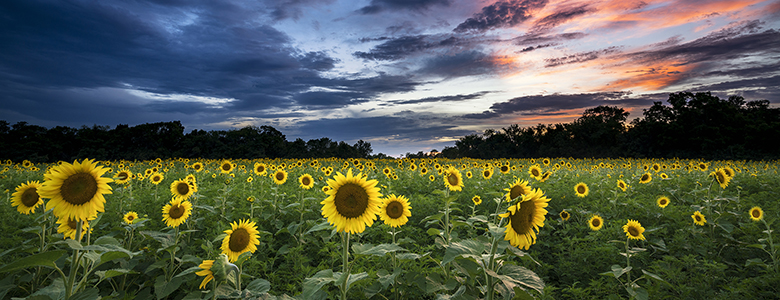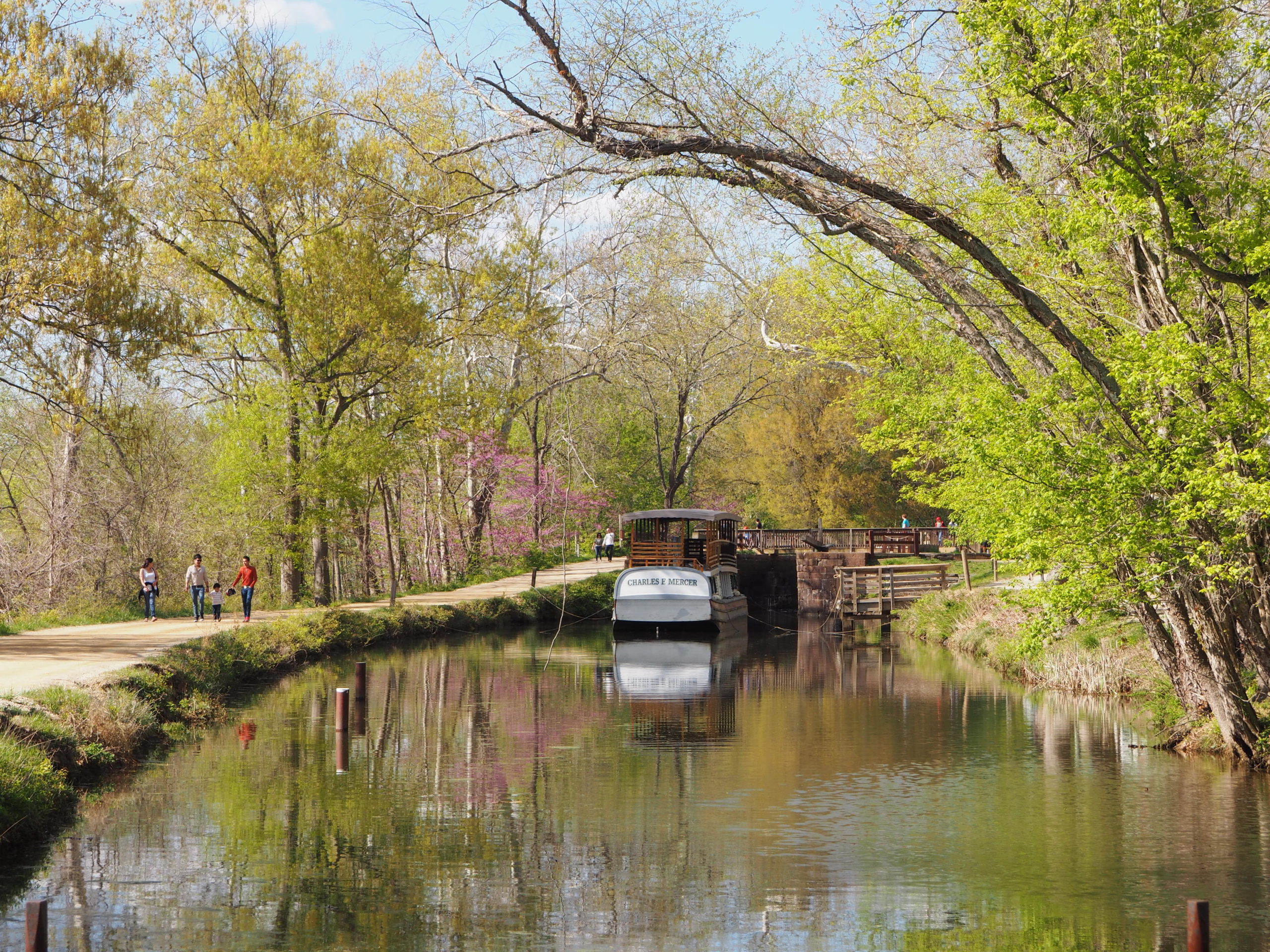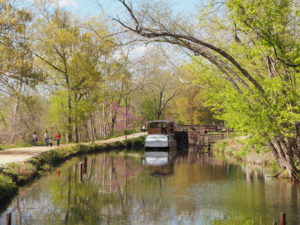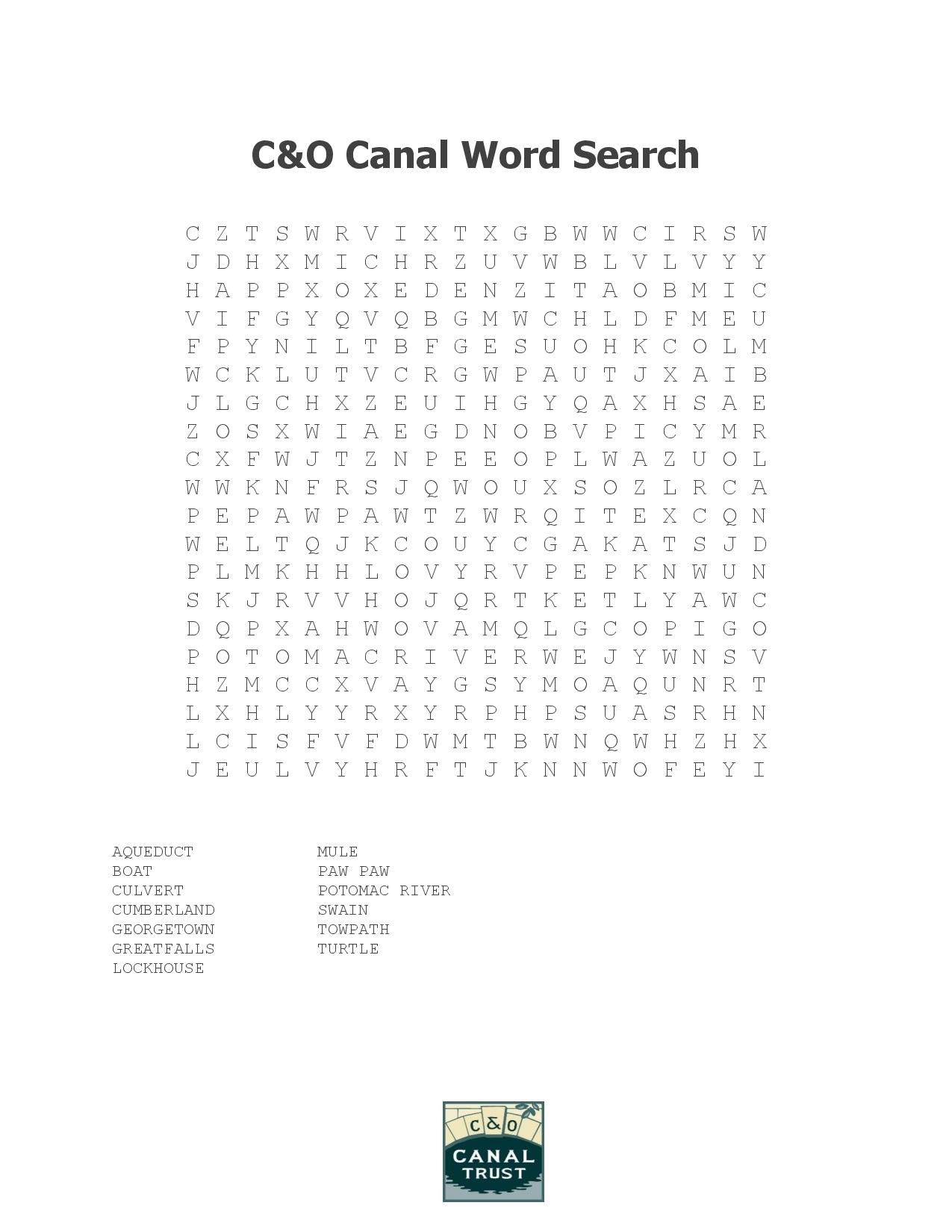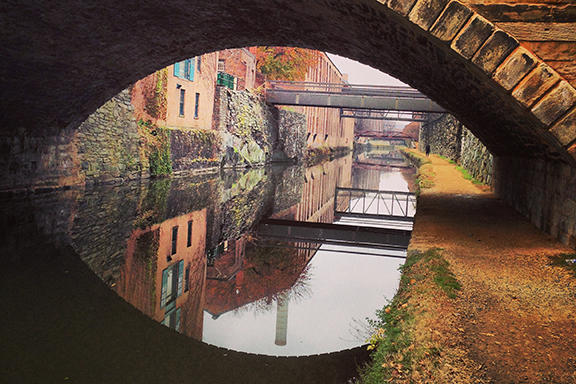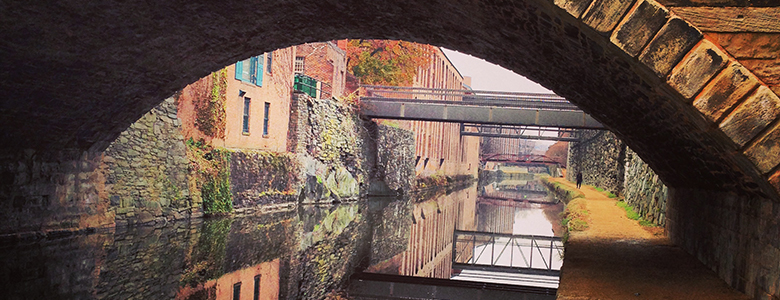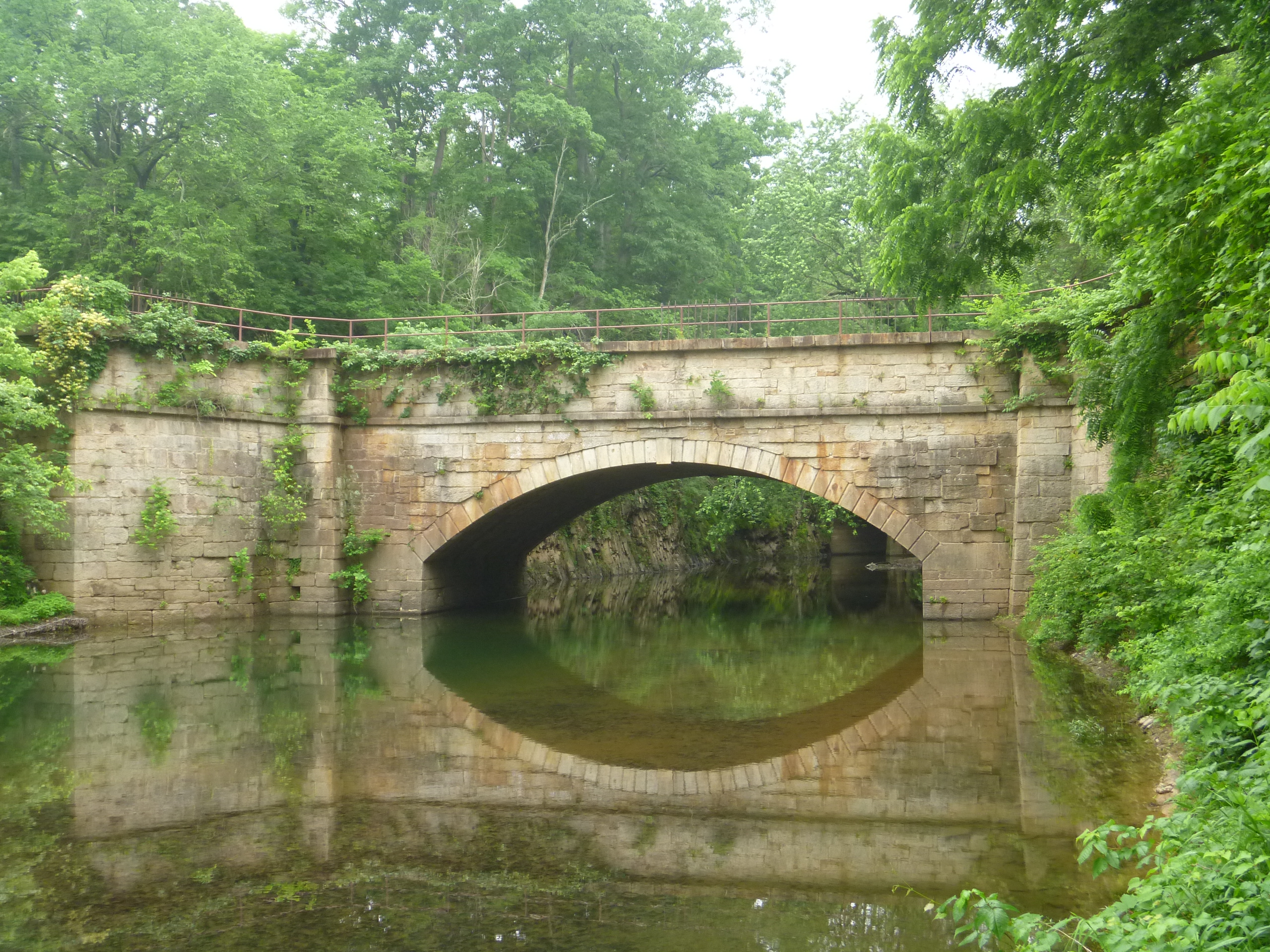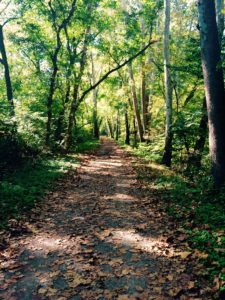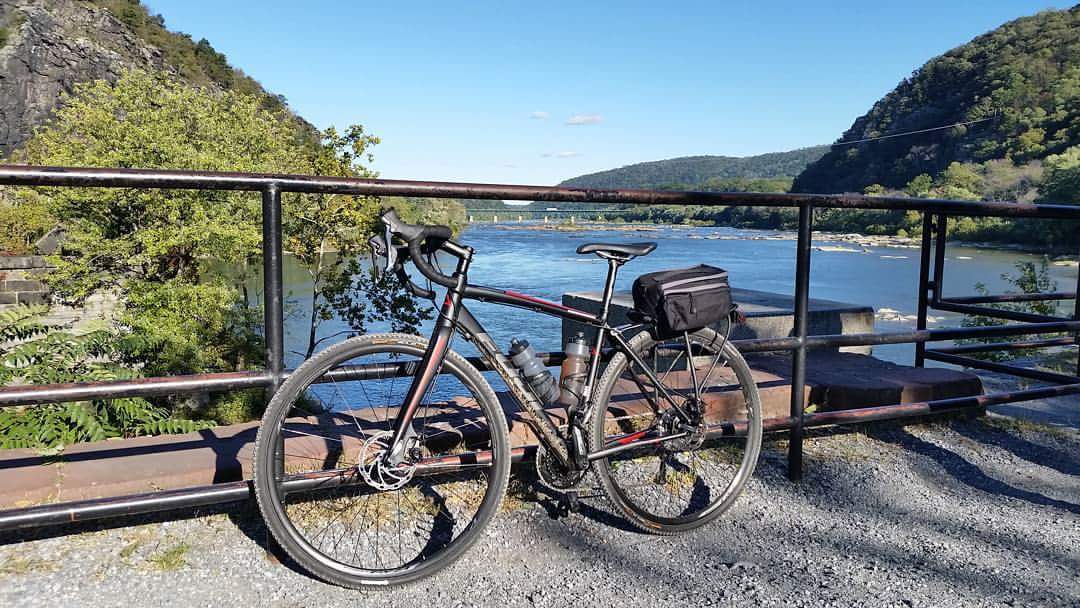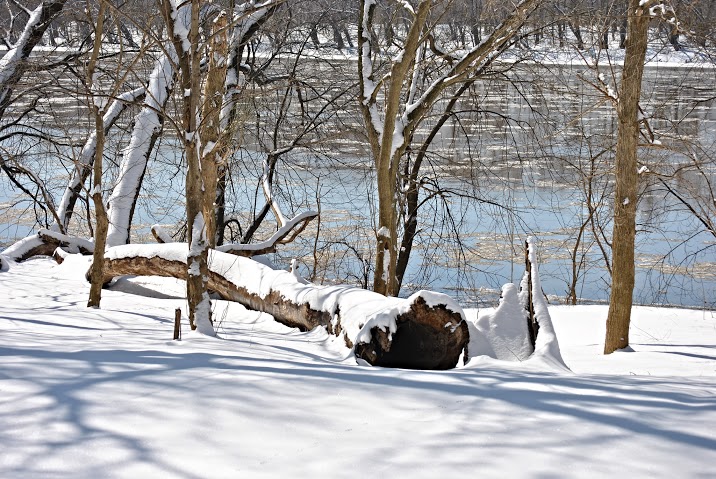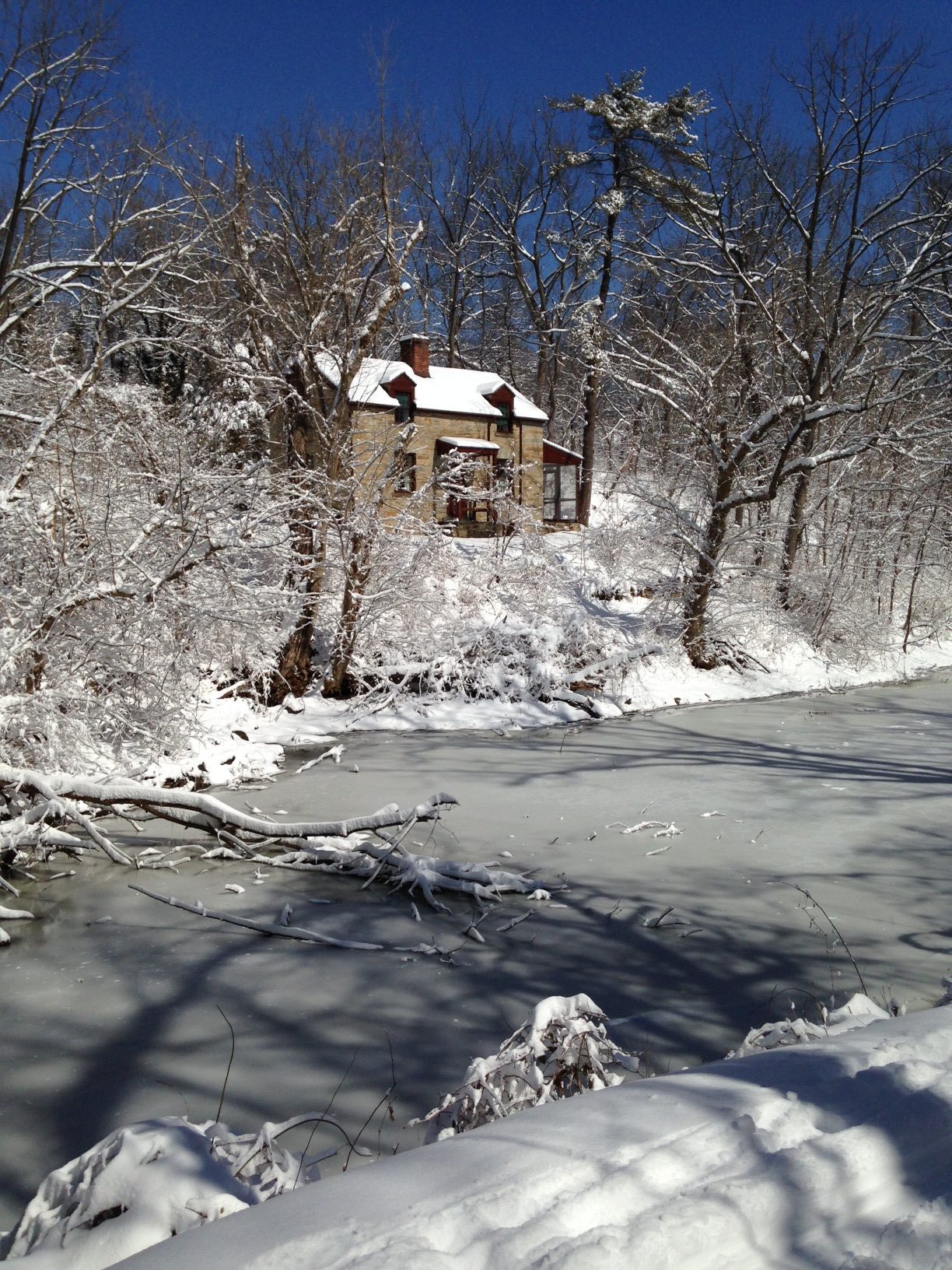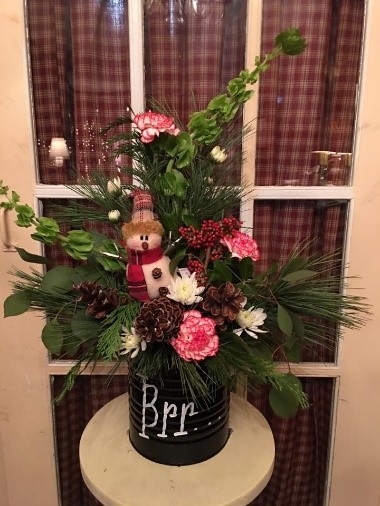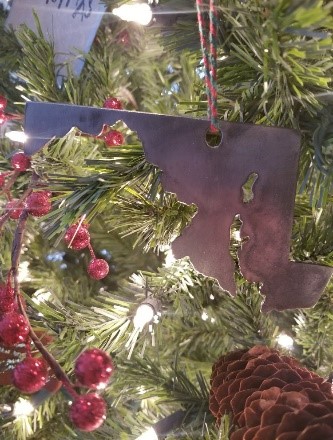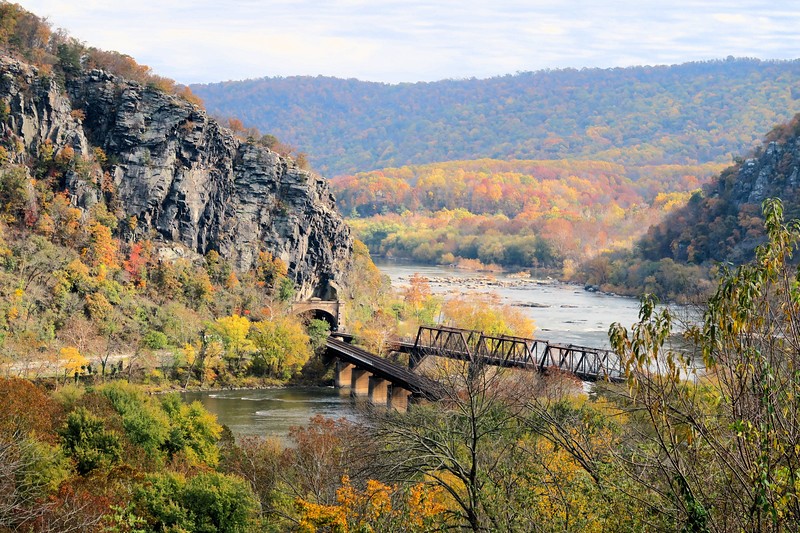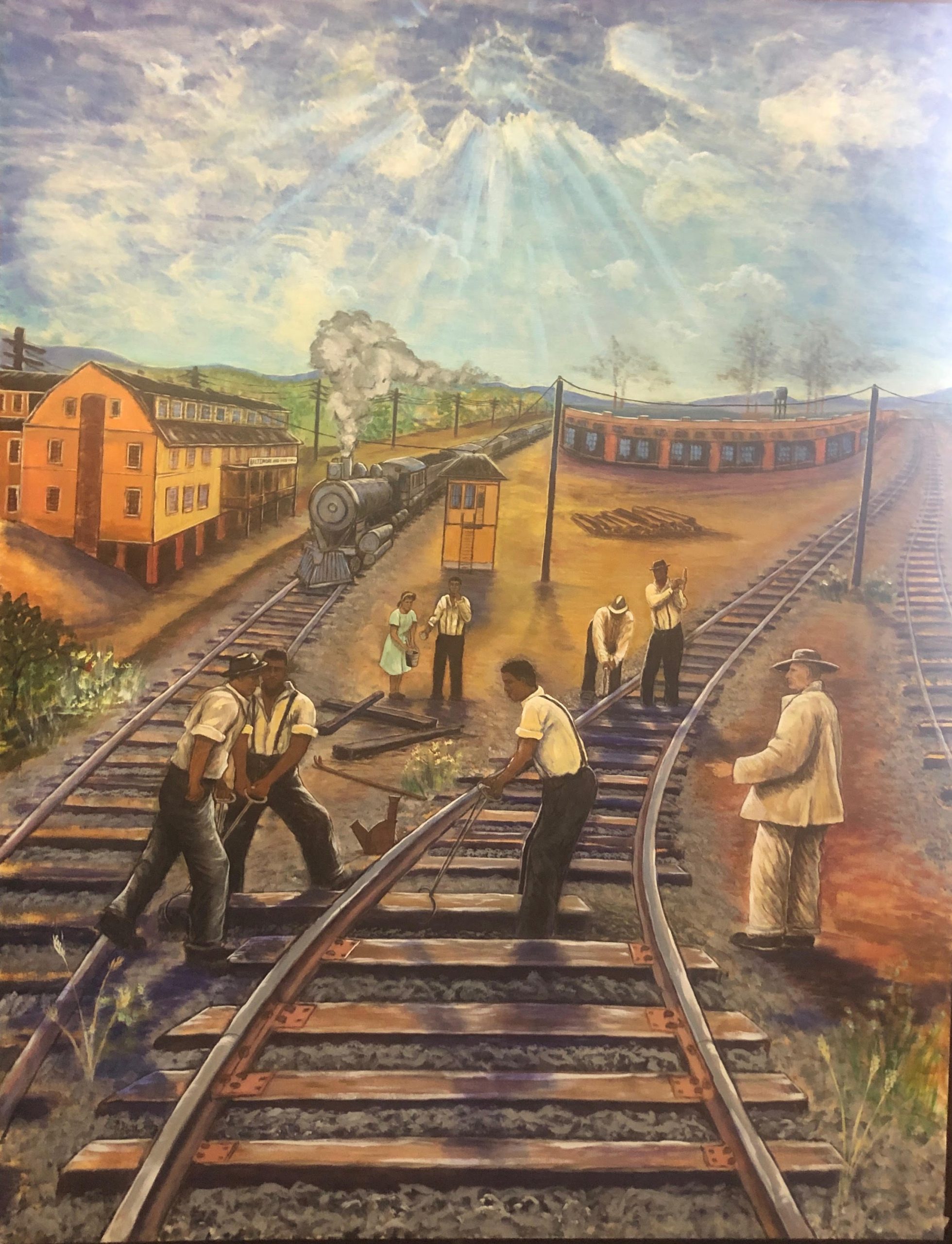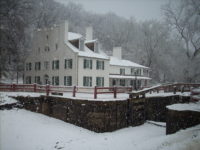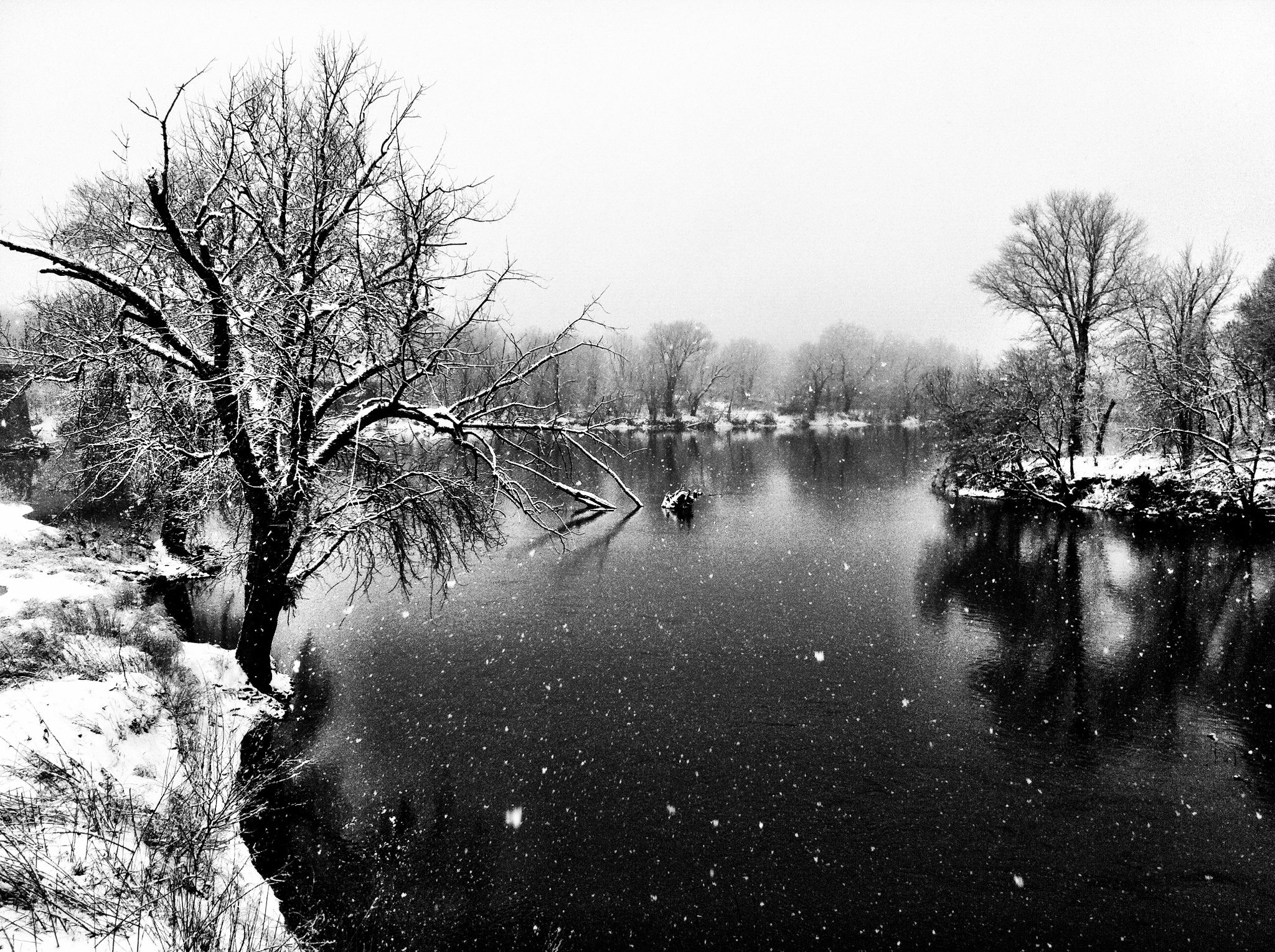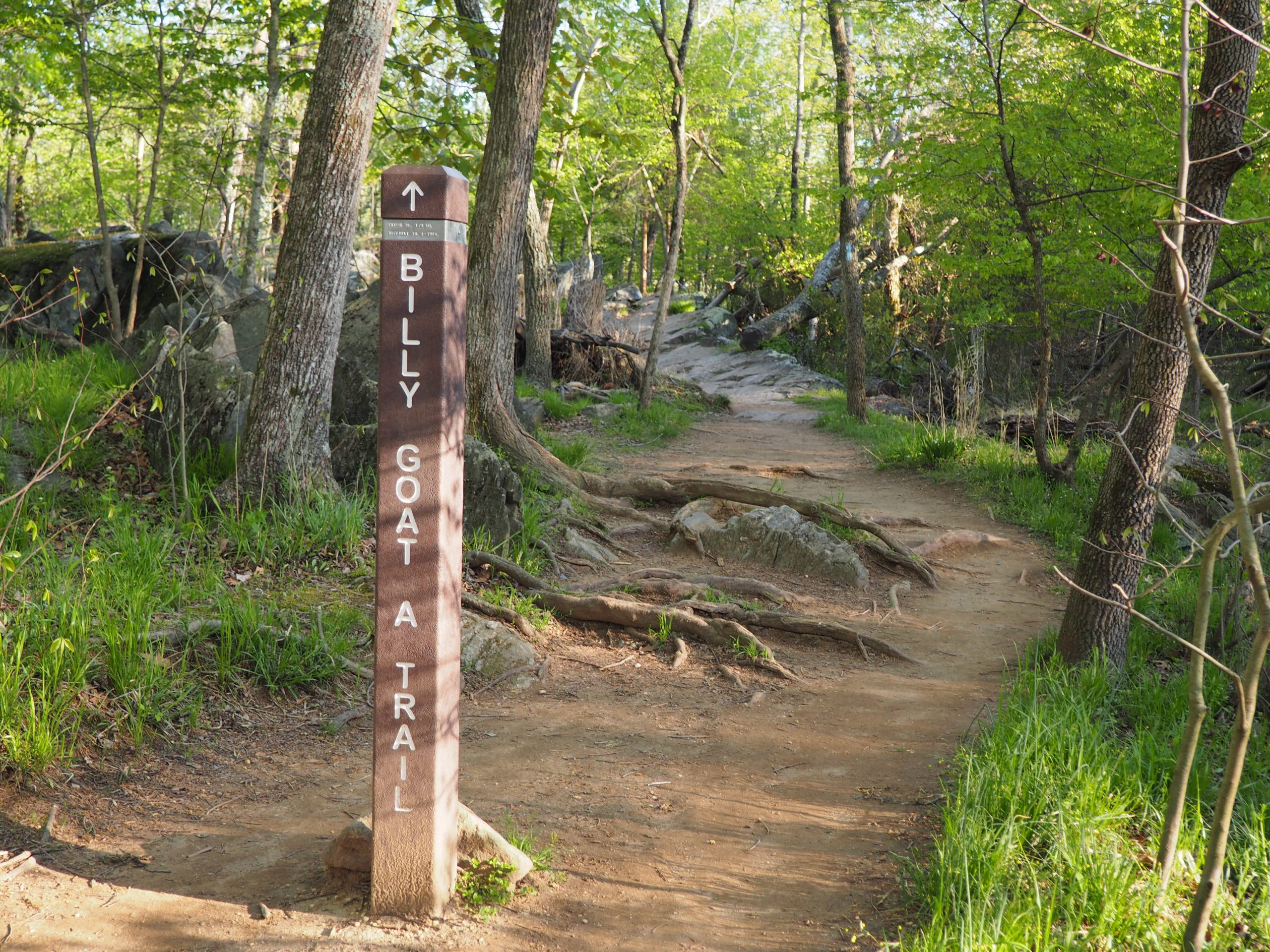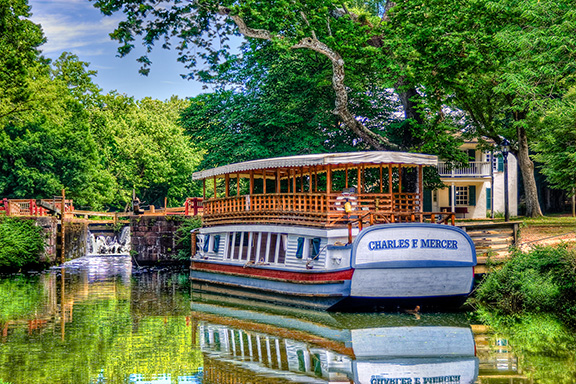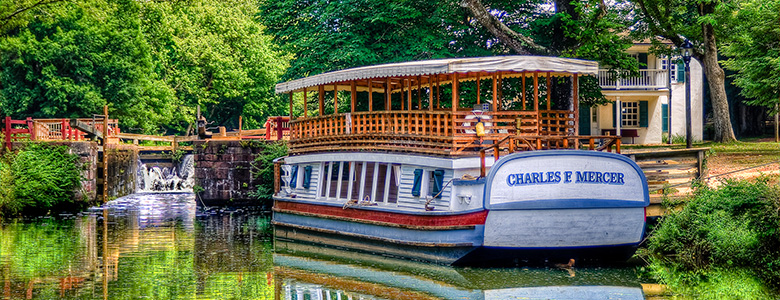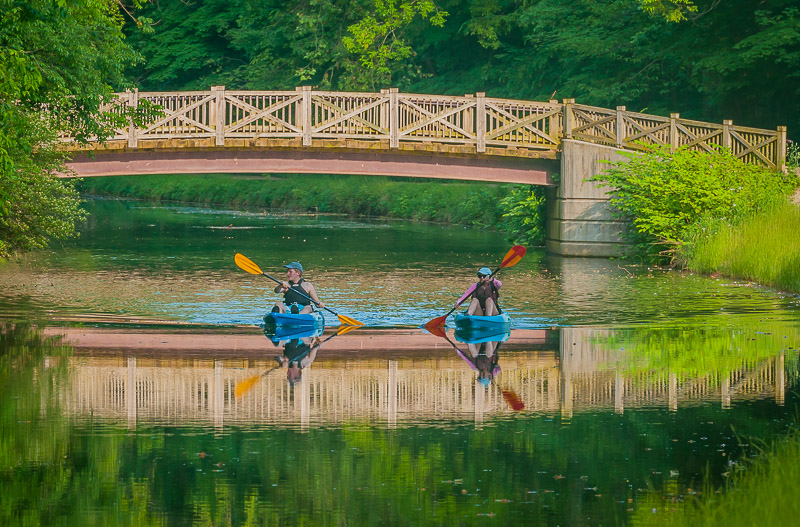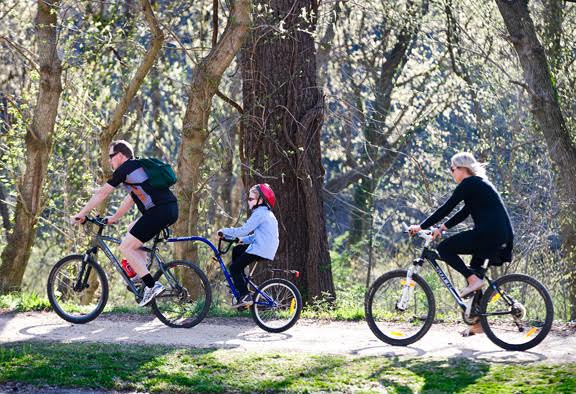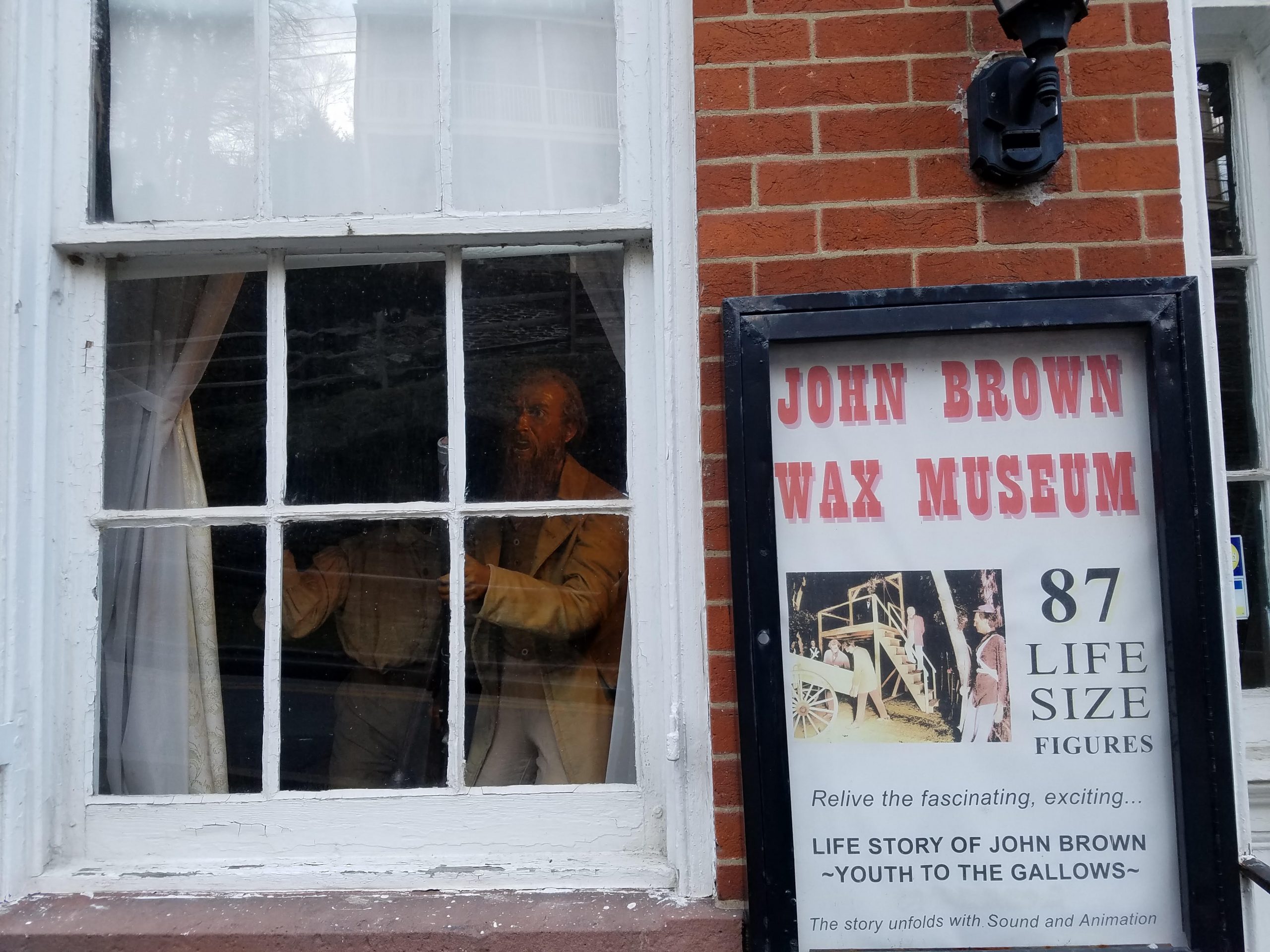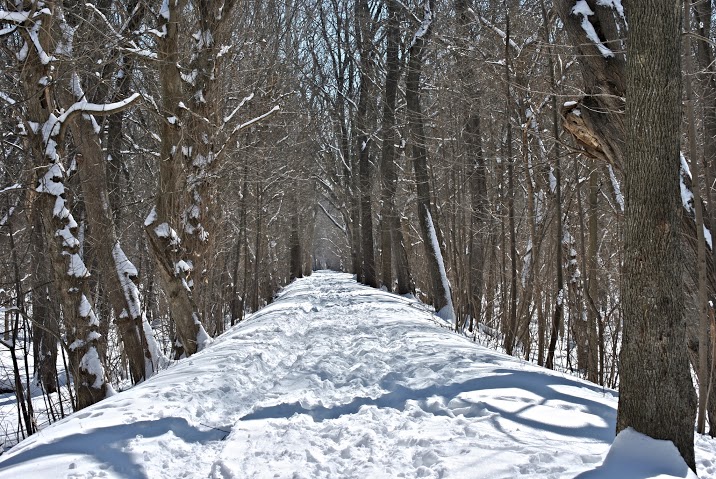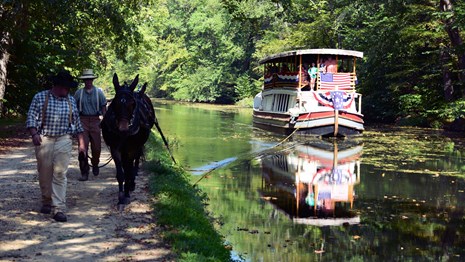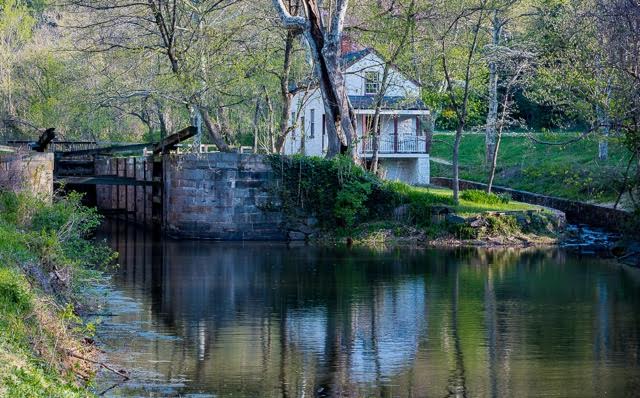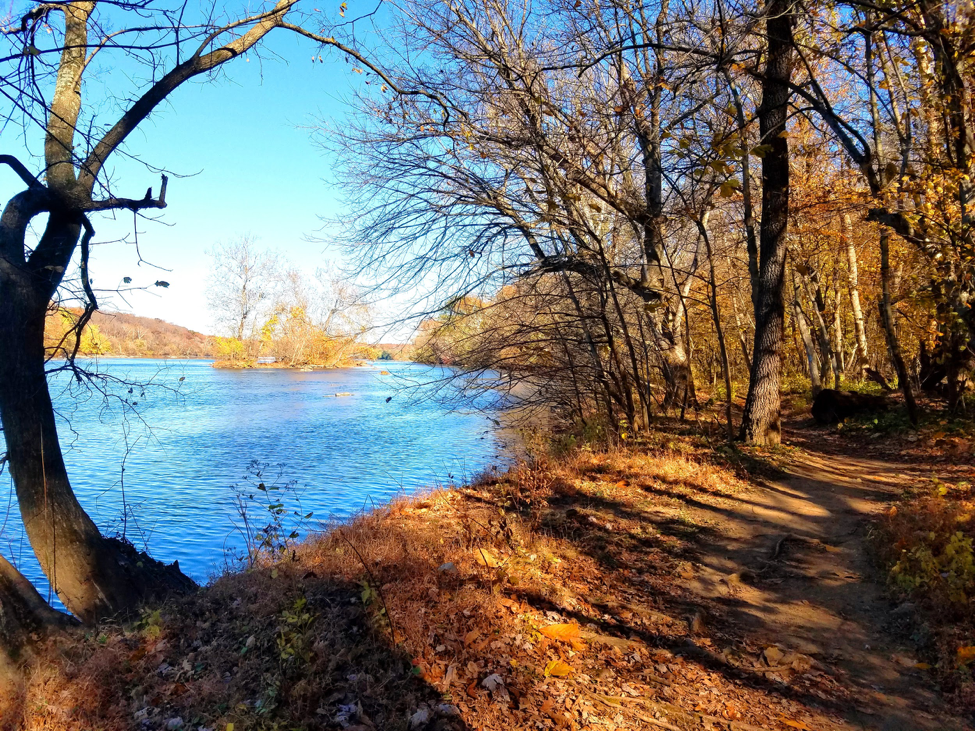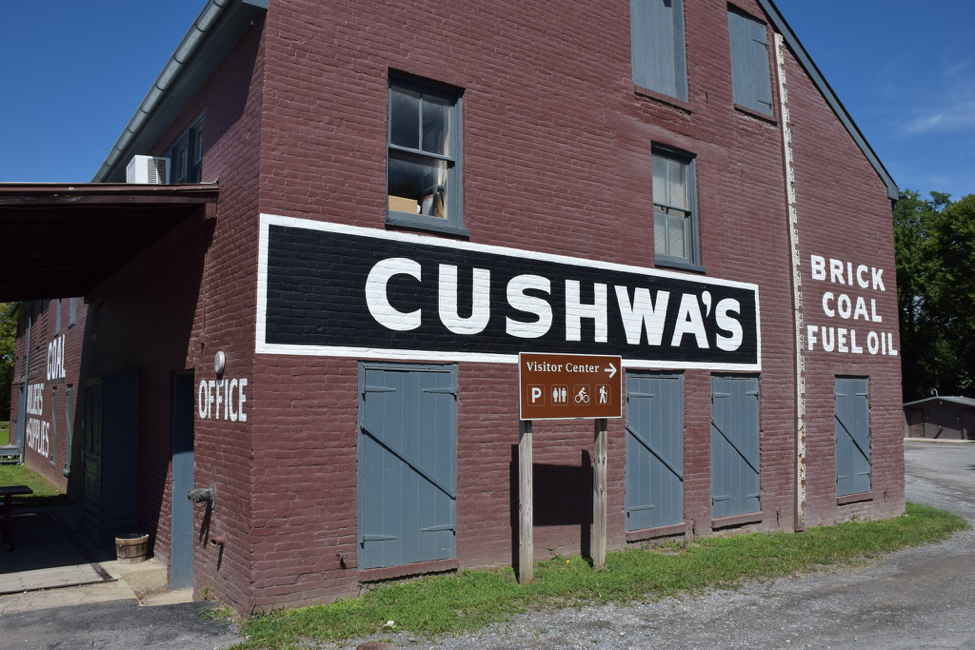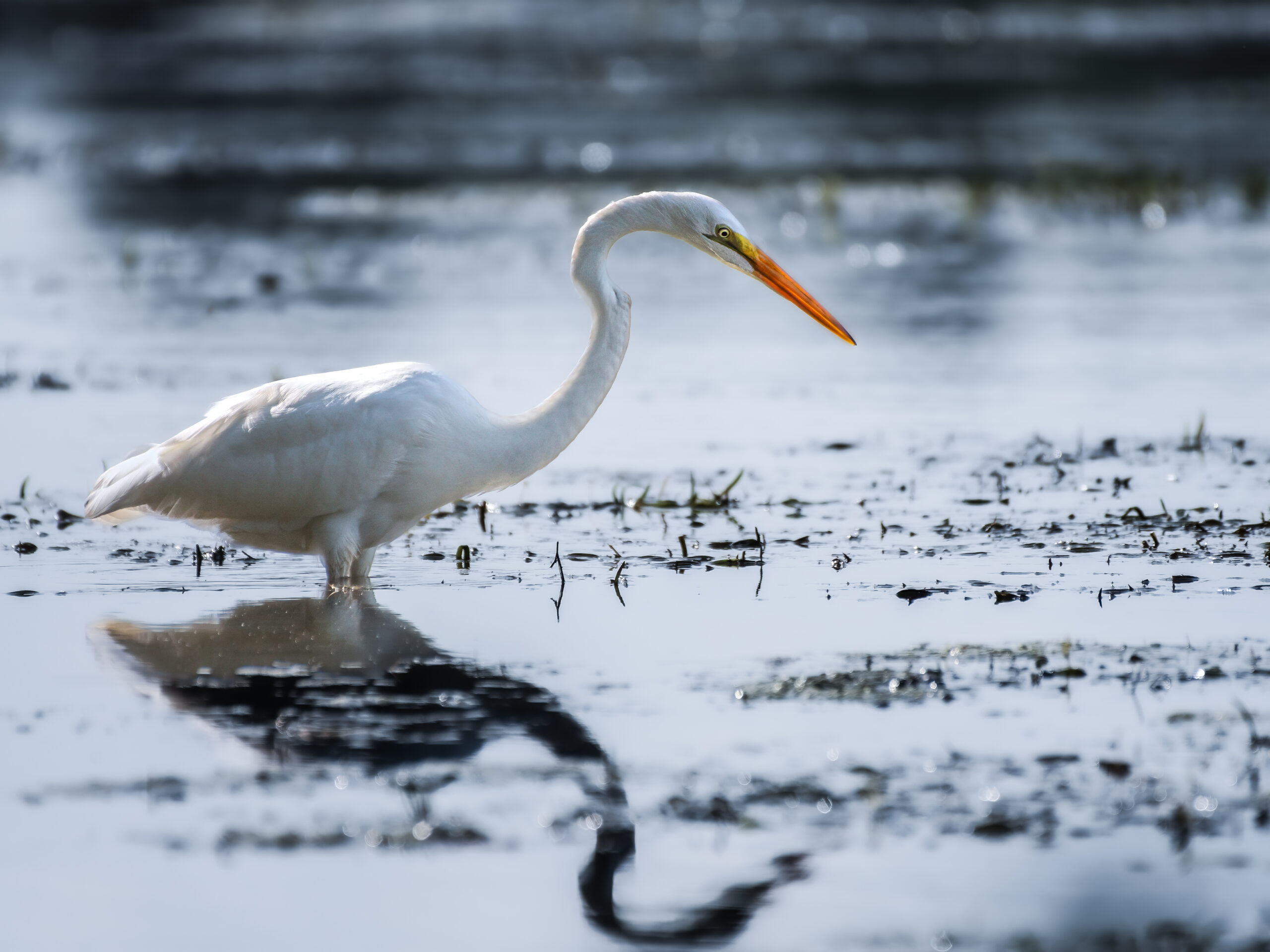
Written by Jimmy Rosebrock
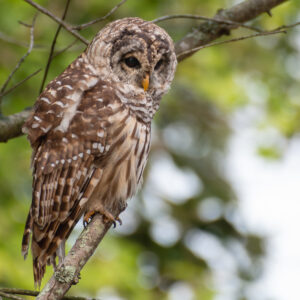
In the winter, it can be difficult to justify going outside. The temperature drops, the vibrant foliage disappears, and colorful songbirds we’re used to seeing in the spring head south for warmer climates. Tens of millions of birds who visit us from May to October to breed and rear their young leave, another sure sign of spring and summer disappears, in just a few short weeks. For everyone, birders (a term used for avid birdwatchers) included spring has a huge incentive to get outside and see the birds, but in winter the appeal literally flies away. While its very commonly known that birds head south for the winter, did you know species of birds like Kinglets, Sparrows, Raptors, and a huge variety of waterfowl land along the C&O Canal? Why do these birds arrive here? For the same reasons the other songbirds head south, to seek warmer weather from their arctic and sub-arctic breeding grounds.
Over 184 miles of canal, preserved and accessible, are a perfect place to go out and spot these winter visitors. Most of the C&O Canal offers numerous environments to see the best variety of birds, all in one place. Flitting through the mixed forests that surround the towpath you can find every single species of woodpecker in our range, including the smallest species in America, the Downy, and the largest the Pileated, and everything in between. The Yellow-Bellied Sapsucker, who is also a member of the woodpecker family is an exclusive winter visitor and can be found scaling trees, drilling a pattern of small borings to release sap, trapping insects for it to come back and eat later. Another exclusive benefit of the wintertime and spotting birds is, it’s much easier. As I mentioned, a sure sign of winter if the loss of the foliage, the benefit of that? The birds can’t hide in the tree canopies making them much easier to see.
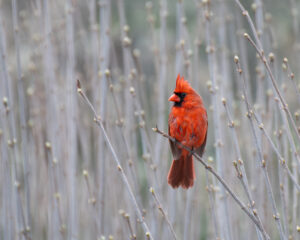

Some of my most memorable encounters occurred when the leaves and temperatures fall. One chilly January morning, whilst exploring the Monocacy Aqueduct I saw a raptor, flying low at the edge of the tree line. Armed with my camera, I began creeping towards the edge of the trees to see if I could get a closer look at the predator. Much to my surprise, as I found an area accessible enough for me to peer into the woods, a Red-Shoulder Hawk was perched on a lone snag in a clearing, staring right back at me. Had it been any other time of year, chances are good I would not have been able to clearly see the hawk. While this encounter was especially extraordinary, I have had many more similar experiences.
For the last few years, a very special pair of birds call the cliffs along the canal home. Nested in an old Raven nest on the cliffs above the Point of Rocks Tunnel, Peregrine Falcons begin preparing to lay eggs, at the end of winter. These birds draw crowds from near and far. Just a short walk from the Point of Rocks boat ramp parking lot, the falcons can be seen in the nest and flying around hunting for food. If you haven’t had the opportunity to see the Peregrines, it is certainly worth the trip. If you’re lucky, you’ll see Kinglets bouncing around in the underbrush, ducks on the river, and hear white throated sparrows singing their unique songs.
While winter can make exploring outside not so fun, the birds offer an incentive to get out there. With dozens of new species calling the C&O Canal their winter home, and many different environments to maximize the variety of species, it’s much easier to justify a walk down the towpath, or visiting a new area of the park, previously unexplored. Birds provide the spark to get out there and enjoy the C&O, so good luck, and enjoy the new opportunities winter birding on the C&O Canal has to offer.
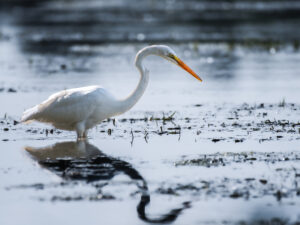
Photos by Jimmy Rosebrock

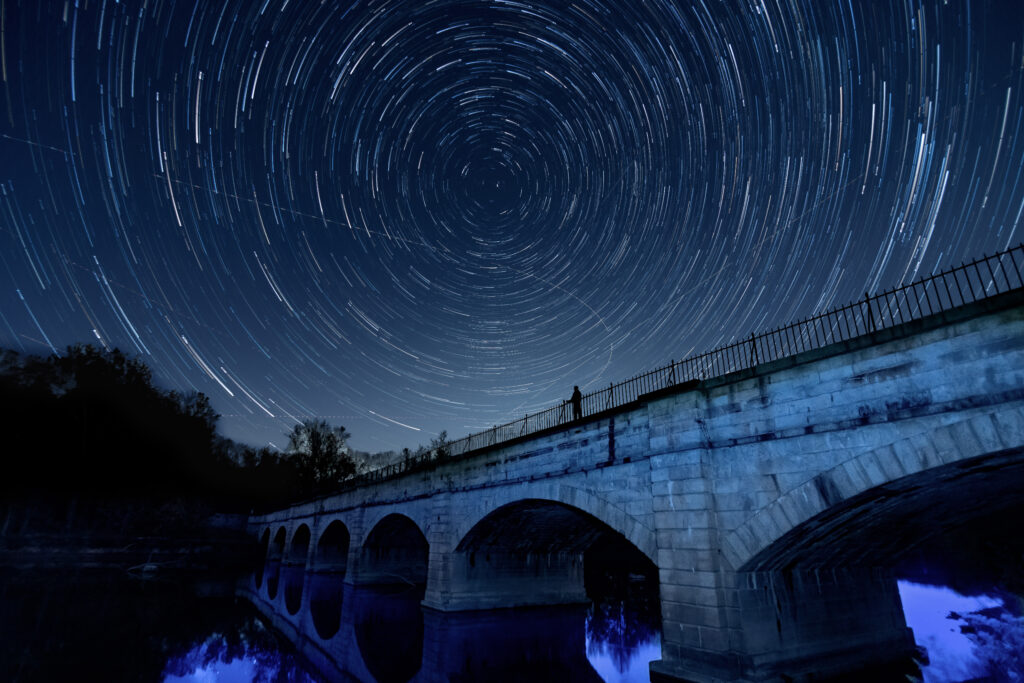 “Dreaming” at the Monocacy Aqueduct by Kim Cawley
“Dreaming” at the Monocacy Aqueduct by Kim Cawley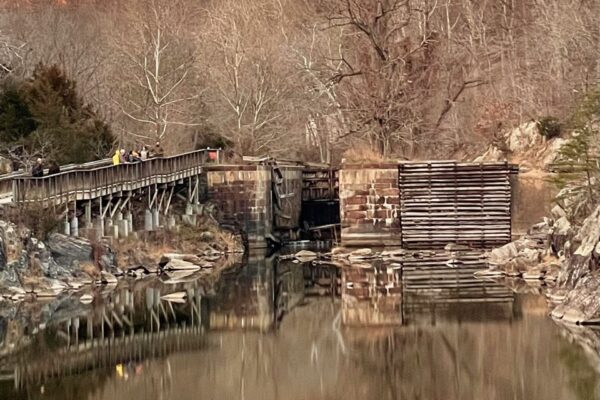
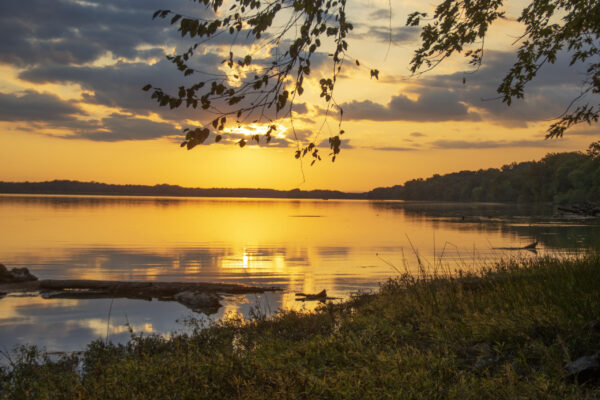
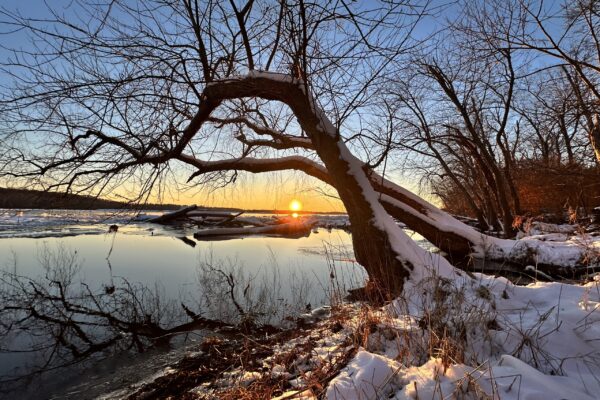

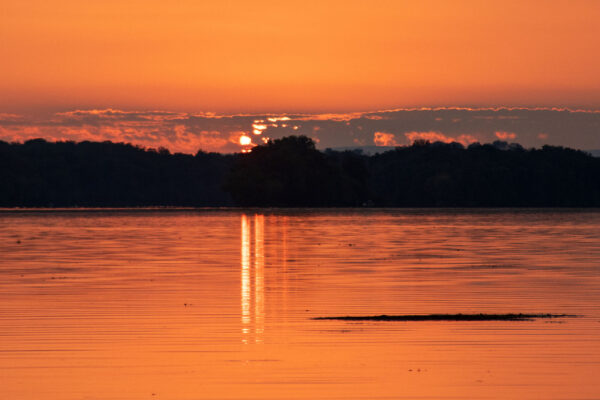
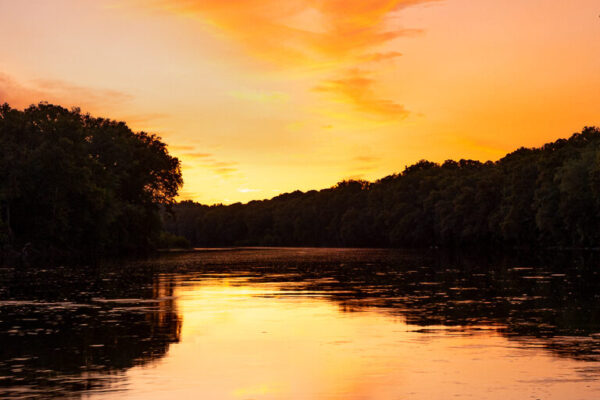
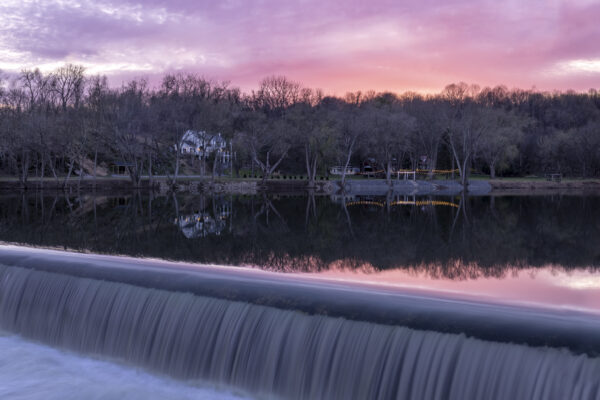
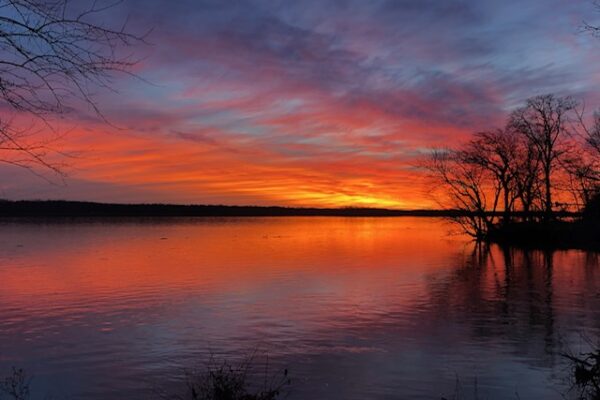
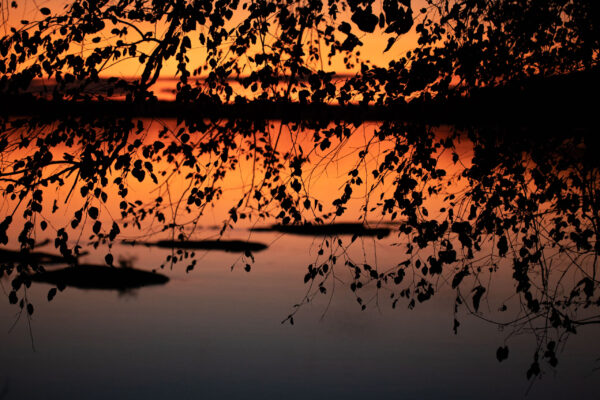
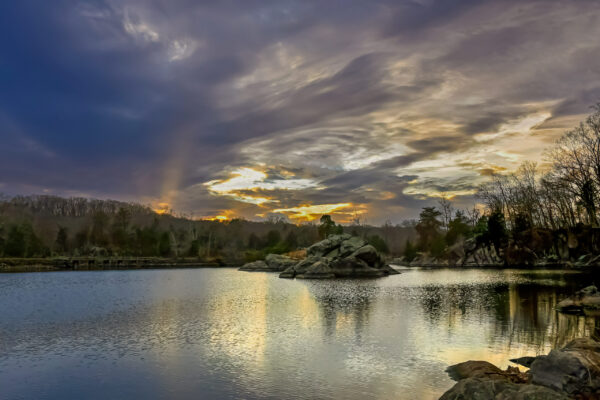
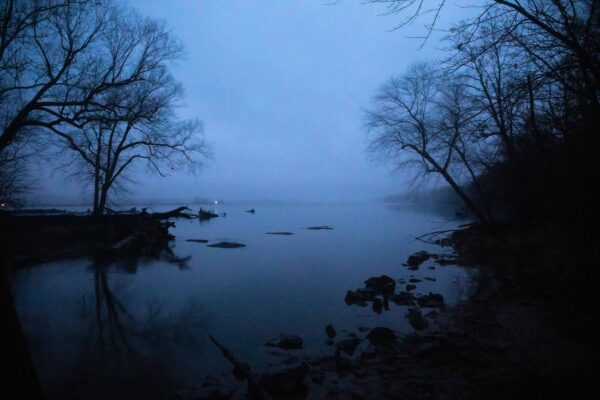
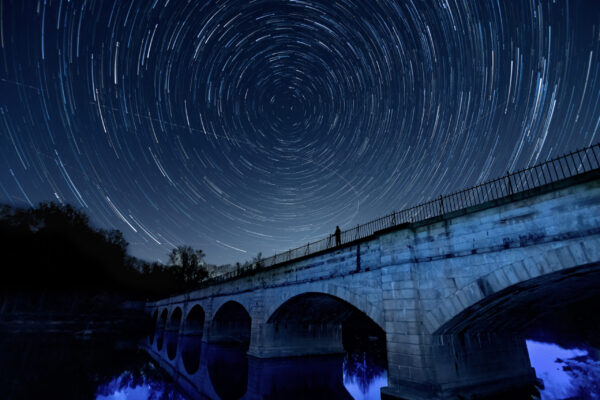
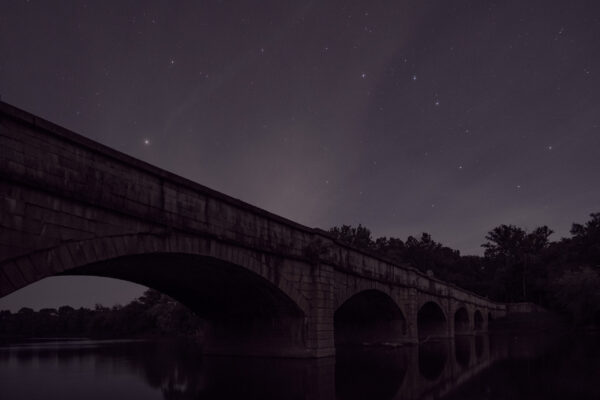
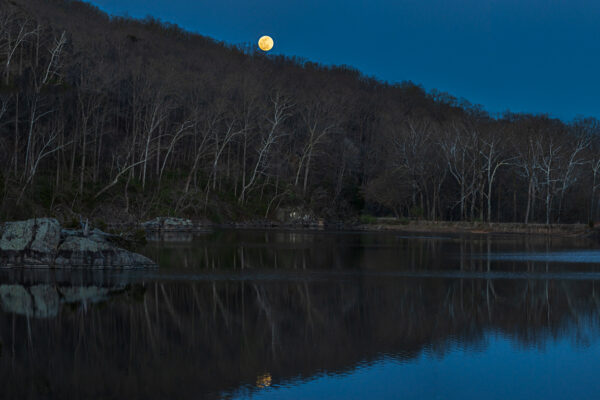
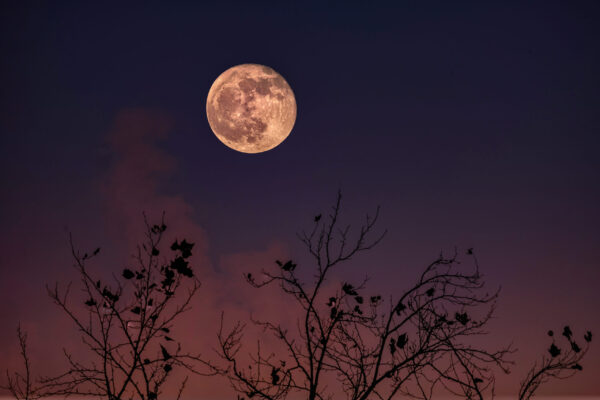
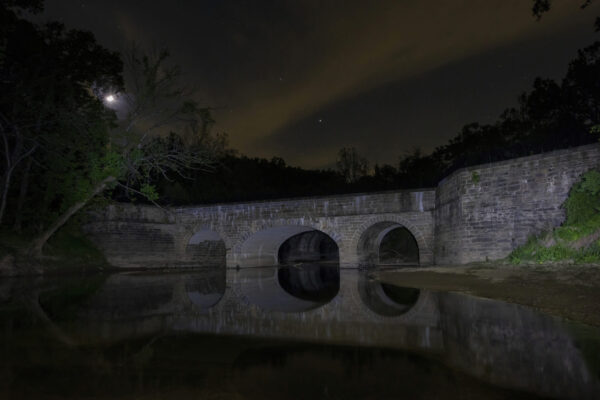
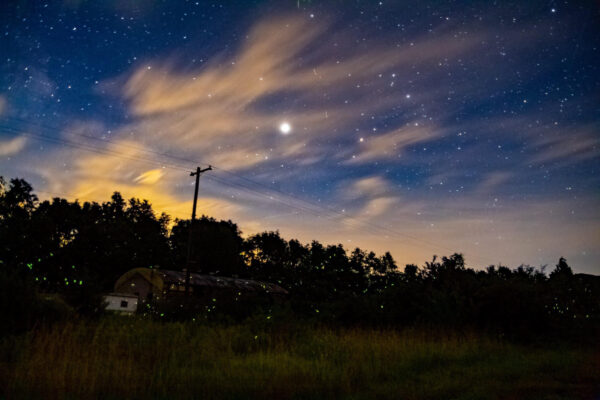
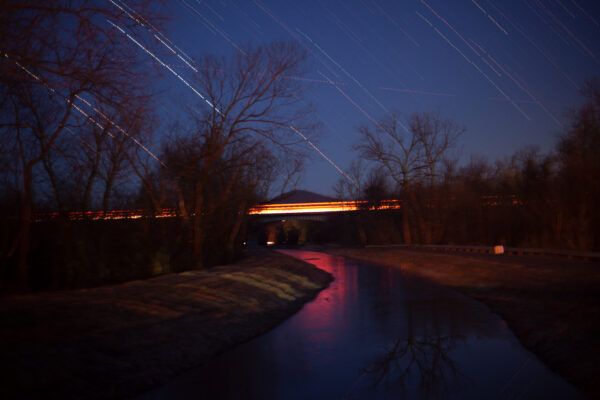
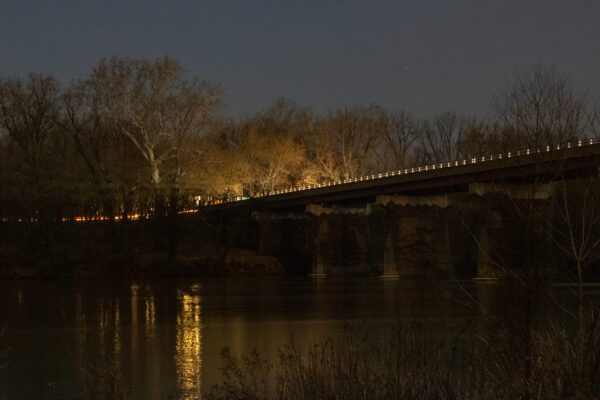
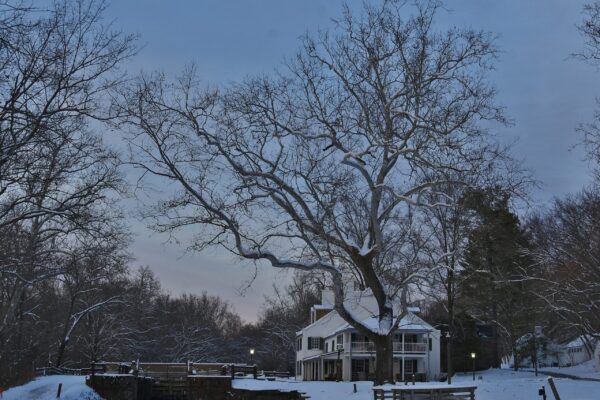
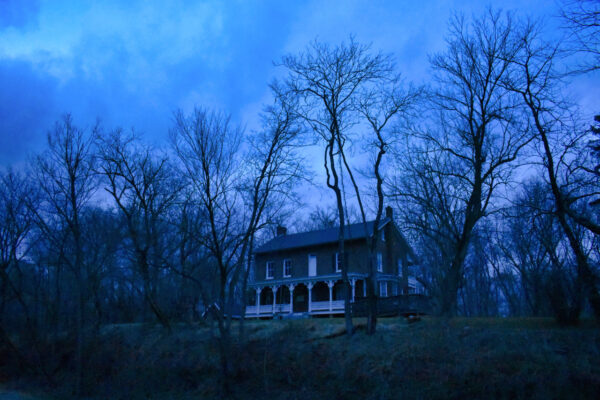
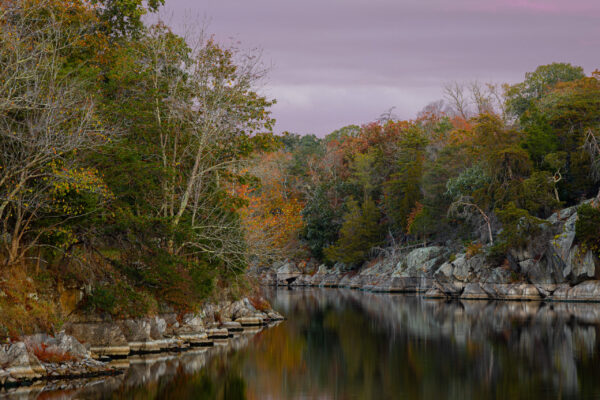
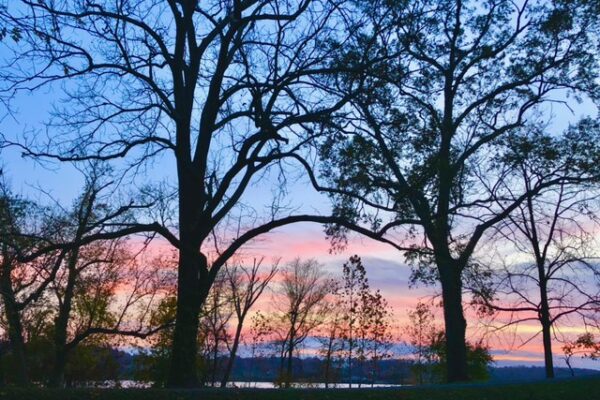
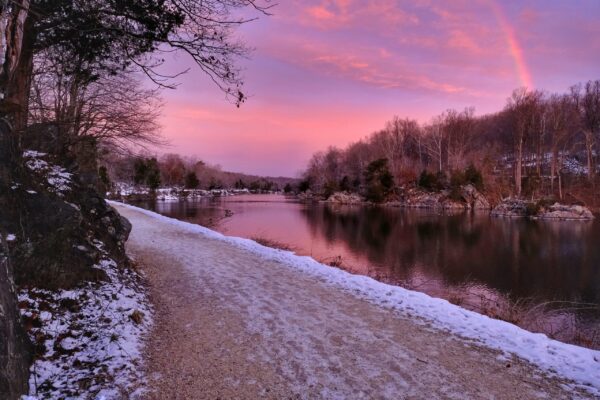
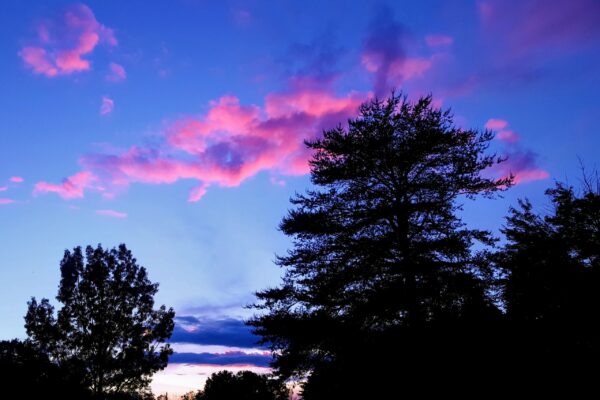
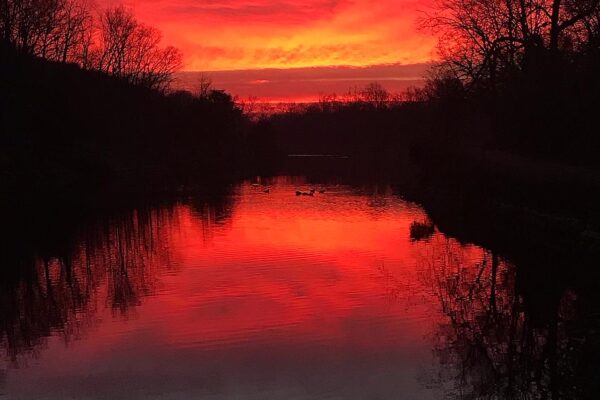
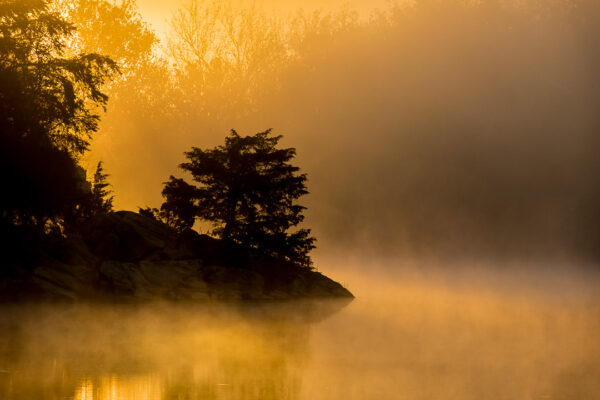
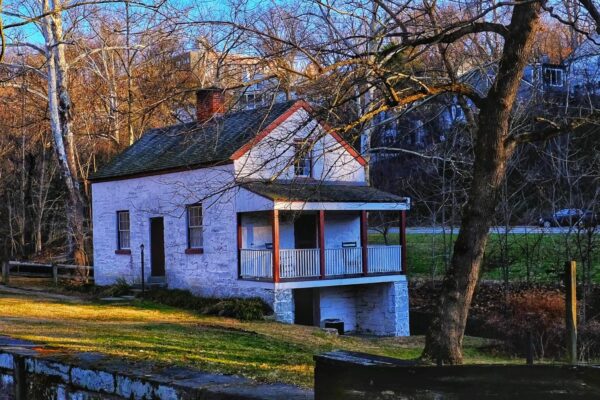
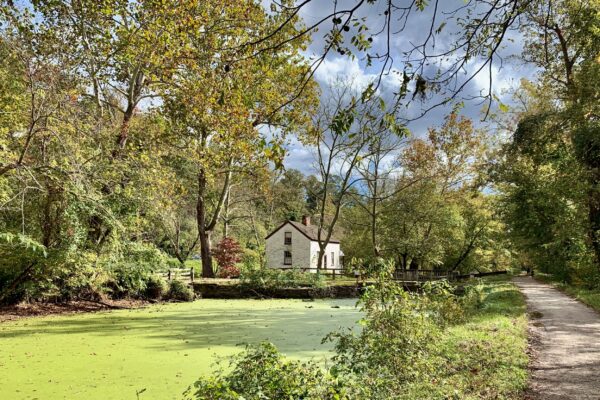
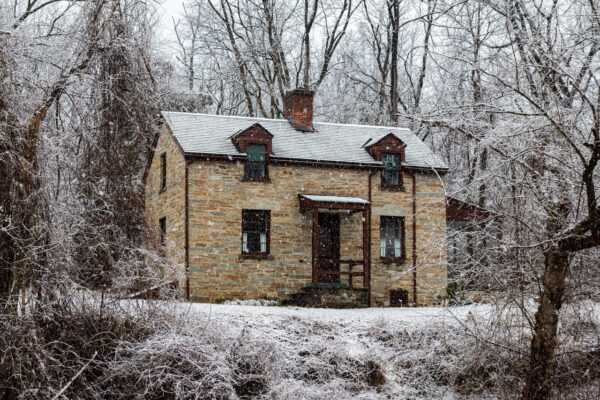
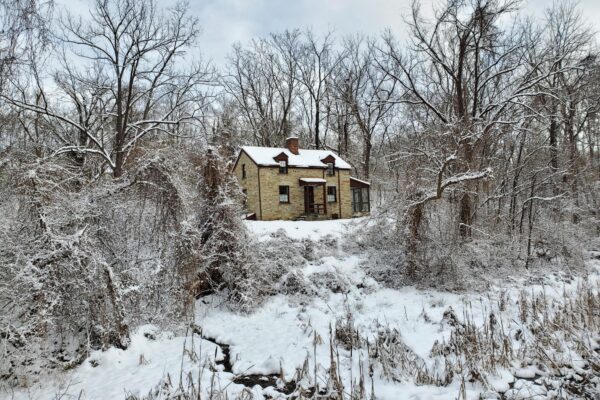
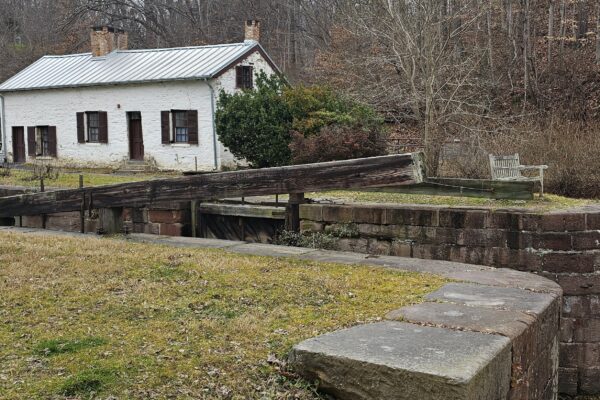
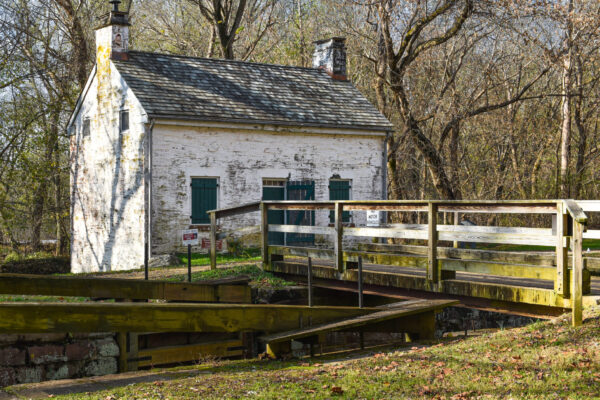
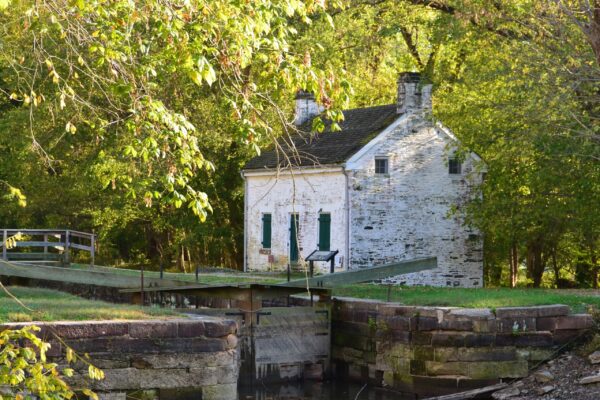
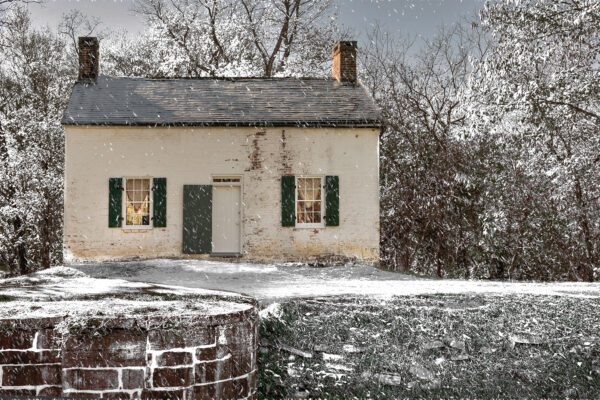
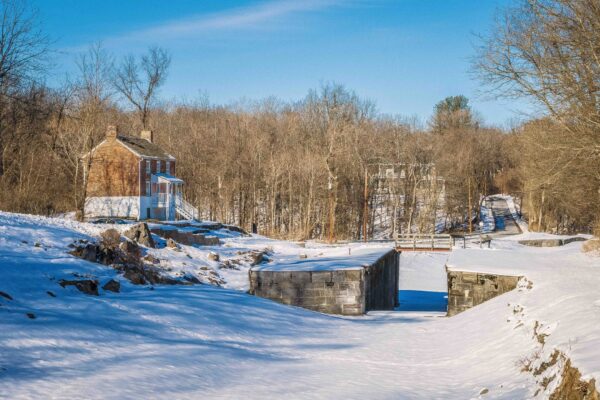
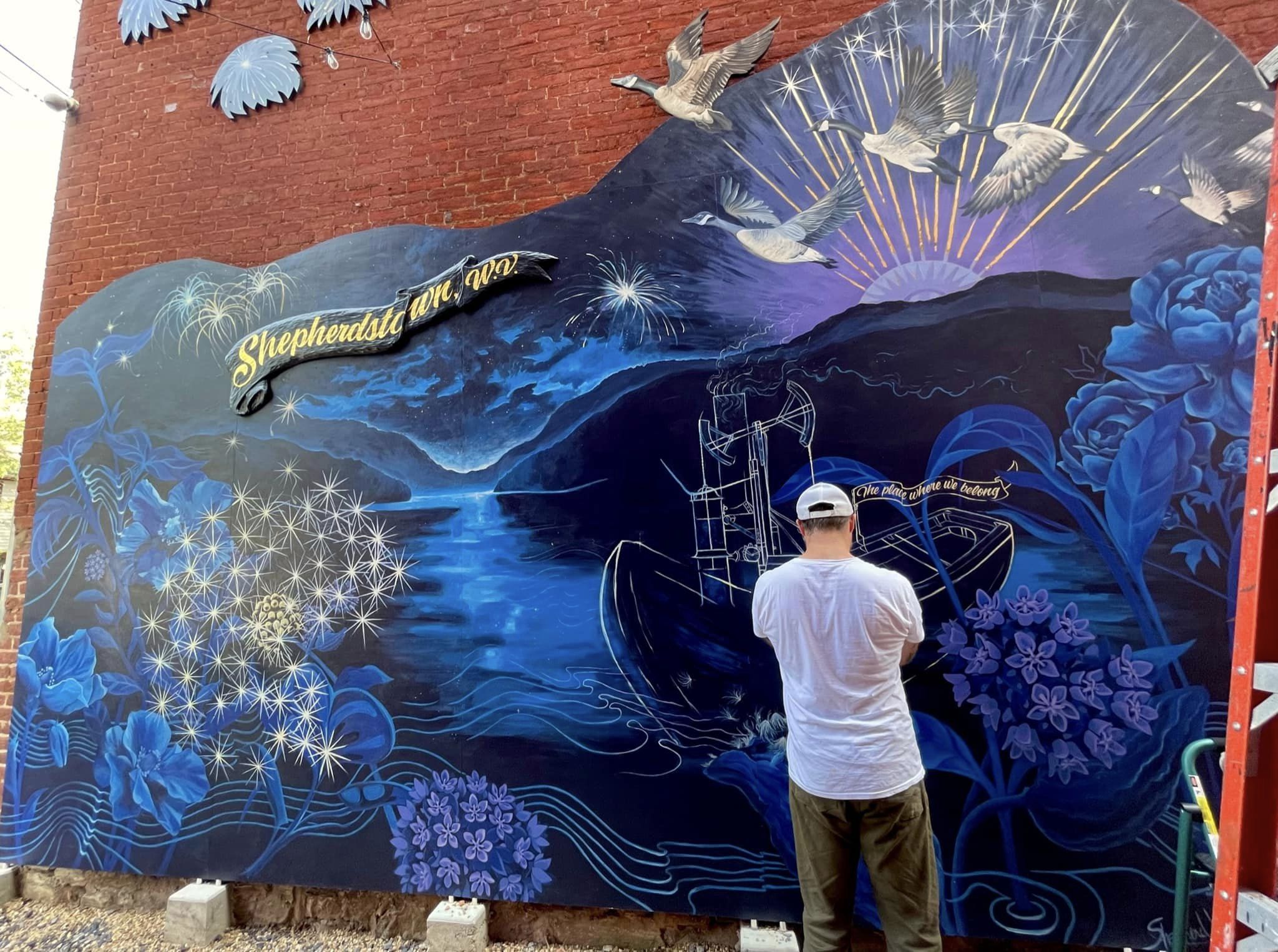
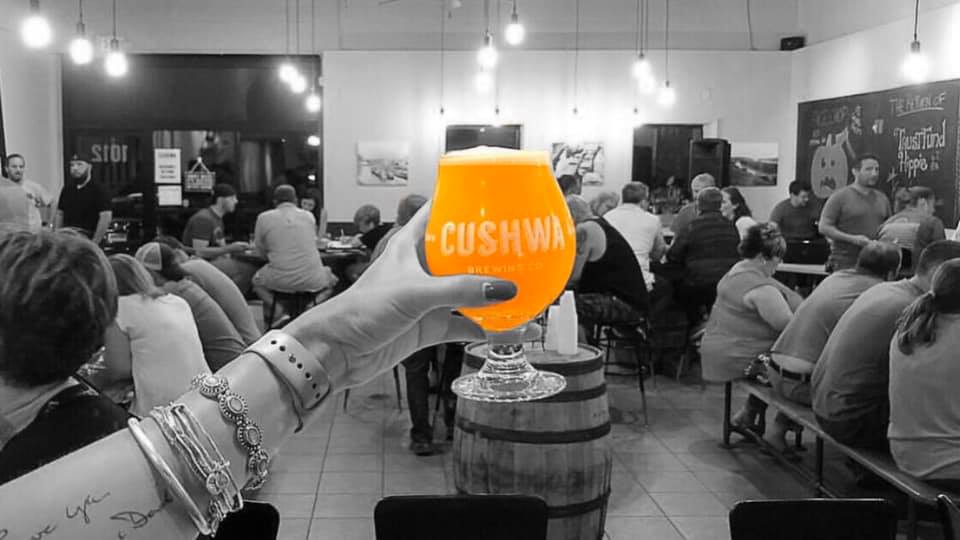
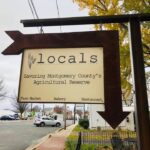
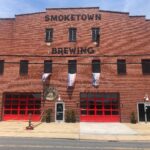
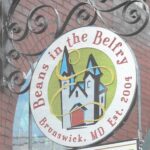
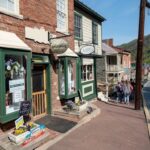
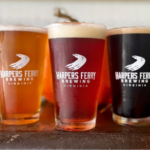
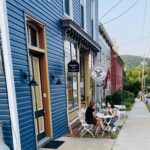

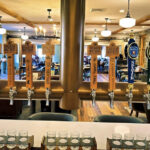

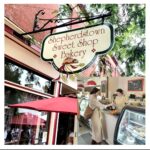
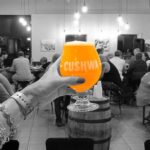


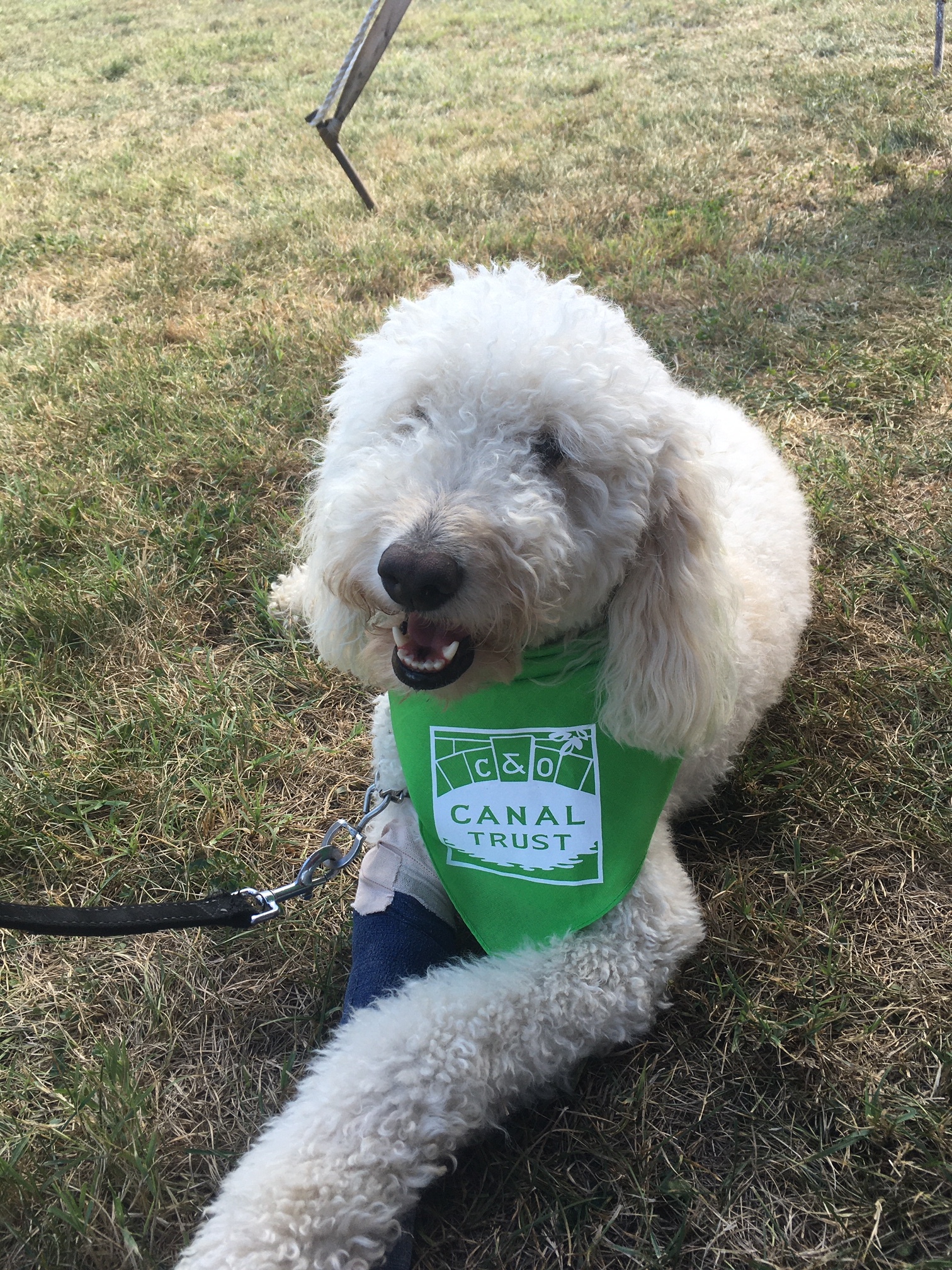
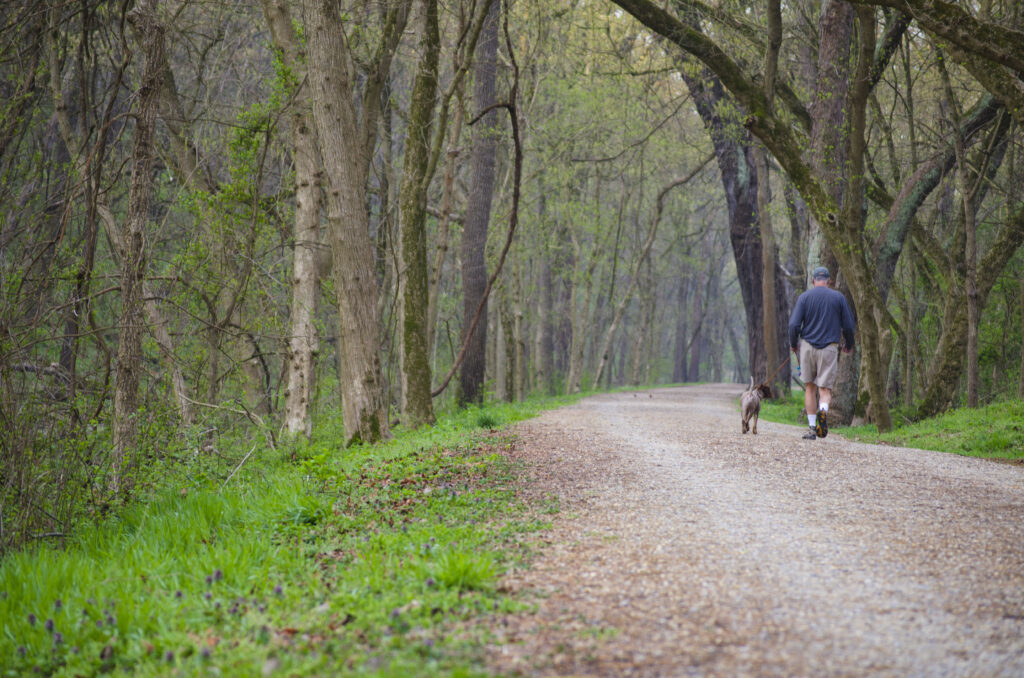
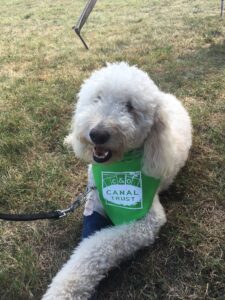
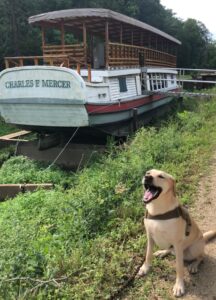

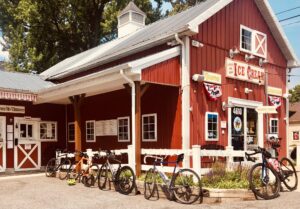
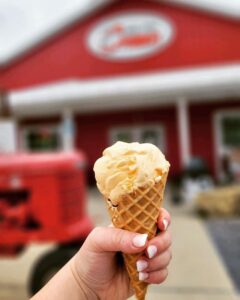
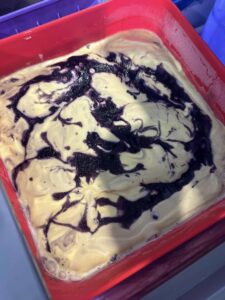

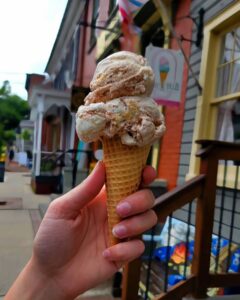


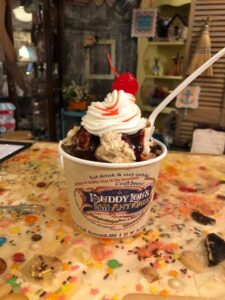
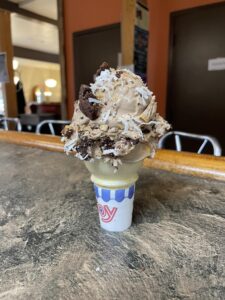
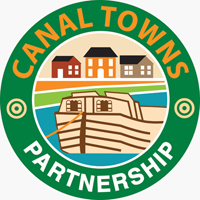 The next time you find yourself visiting the C&O Canal NHP, enjoy the simple pleasures of an ice cream treat in a canal town. We hope it will be the perfect ending to a great day! Click here for more information about the
The next time you find yourself visiting the C&O Canal NHP, enjoy the simple pleasures of an ice cream treat in a canal town. We hope it will be the perfect ending to a great day! Click here for more information about the 
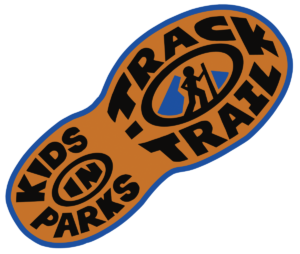 TRACK Trails is an award-winning program by Kids in Parks that offers family-friendly outdoor adventures. By following the self-guided brochures and signs, your visit to the park becomes a fun and educational adventure. As you track your progress, you become eligible for prizes.
TRACK Trails is an award-winning program by Kids in Parks that offers family-friendly outdoor adventures. By following the self-guided brochures and signs, your visit to the park becomes a fun and educational adventure. As you track your progress, you become eligible for prizes.